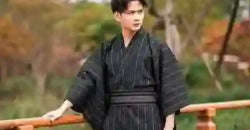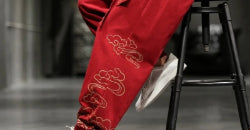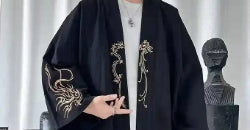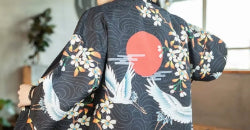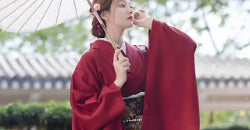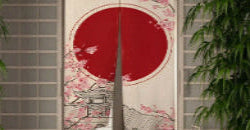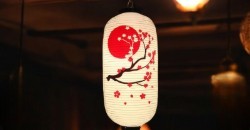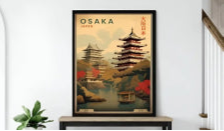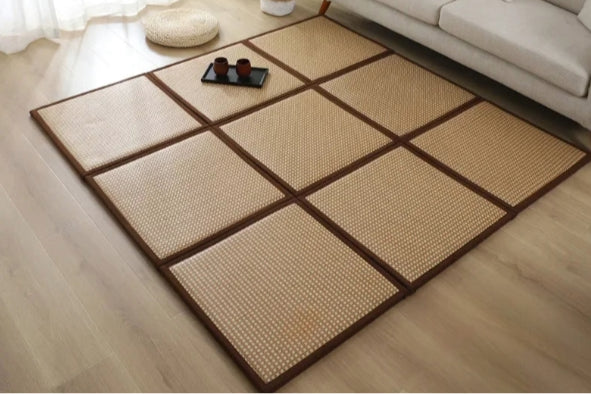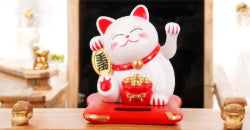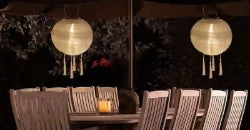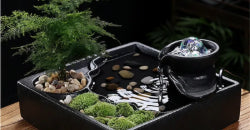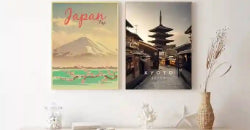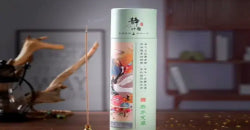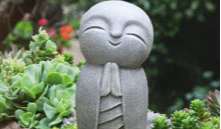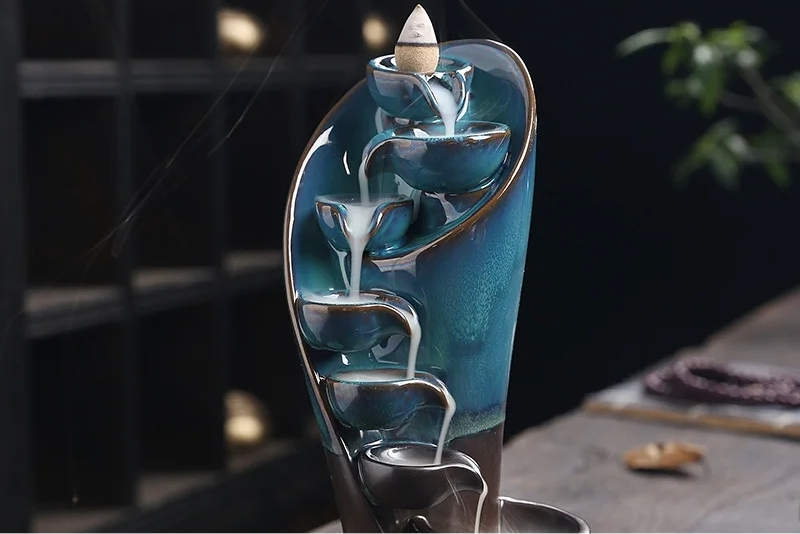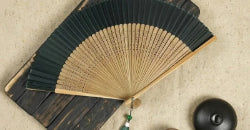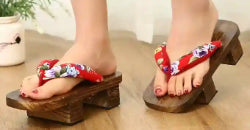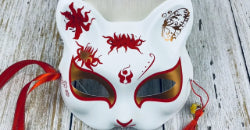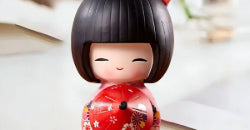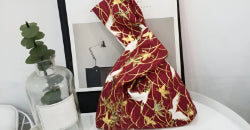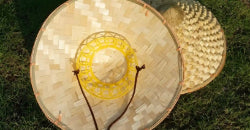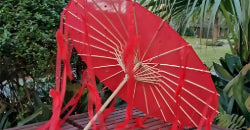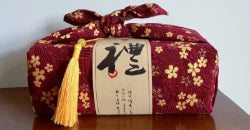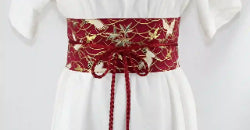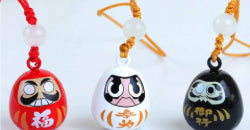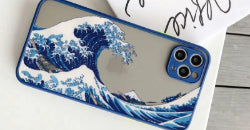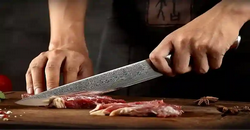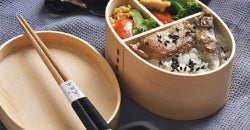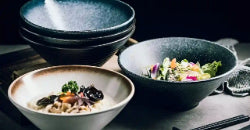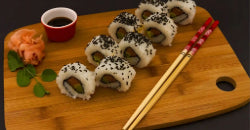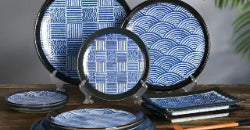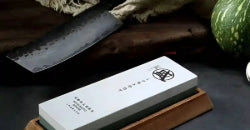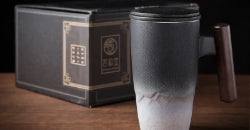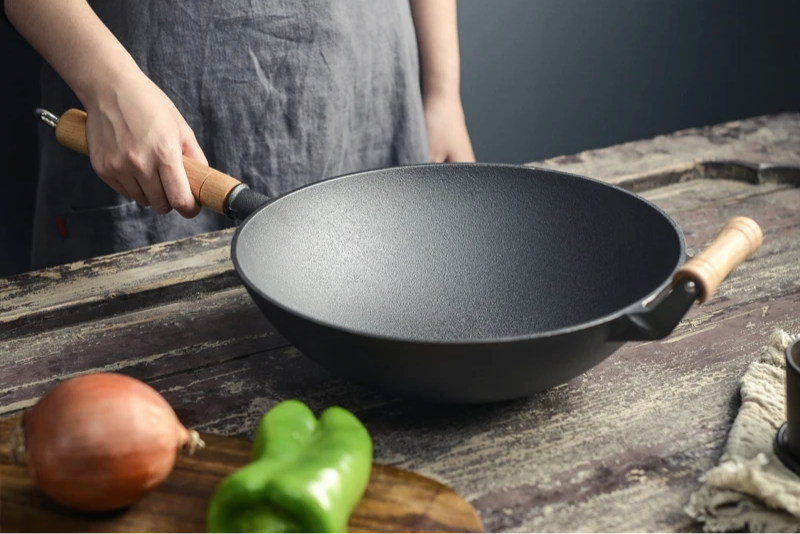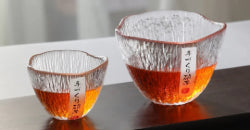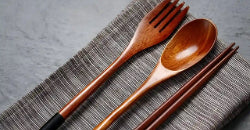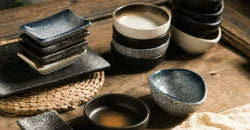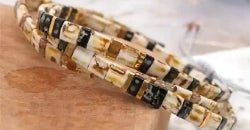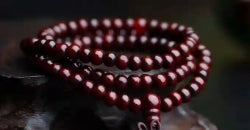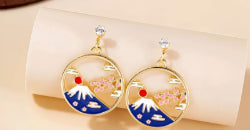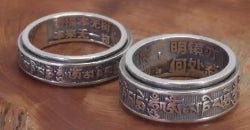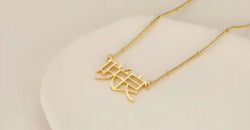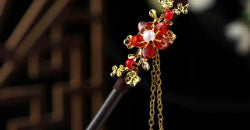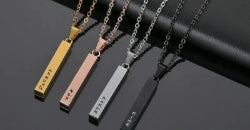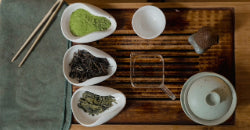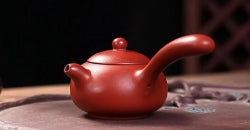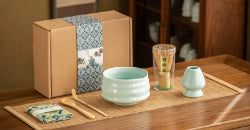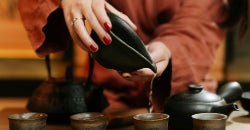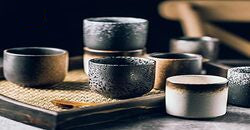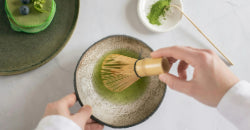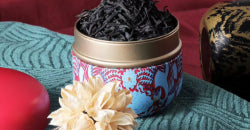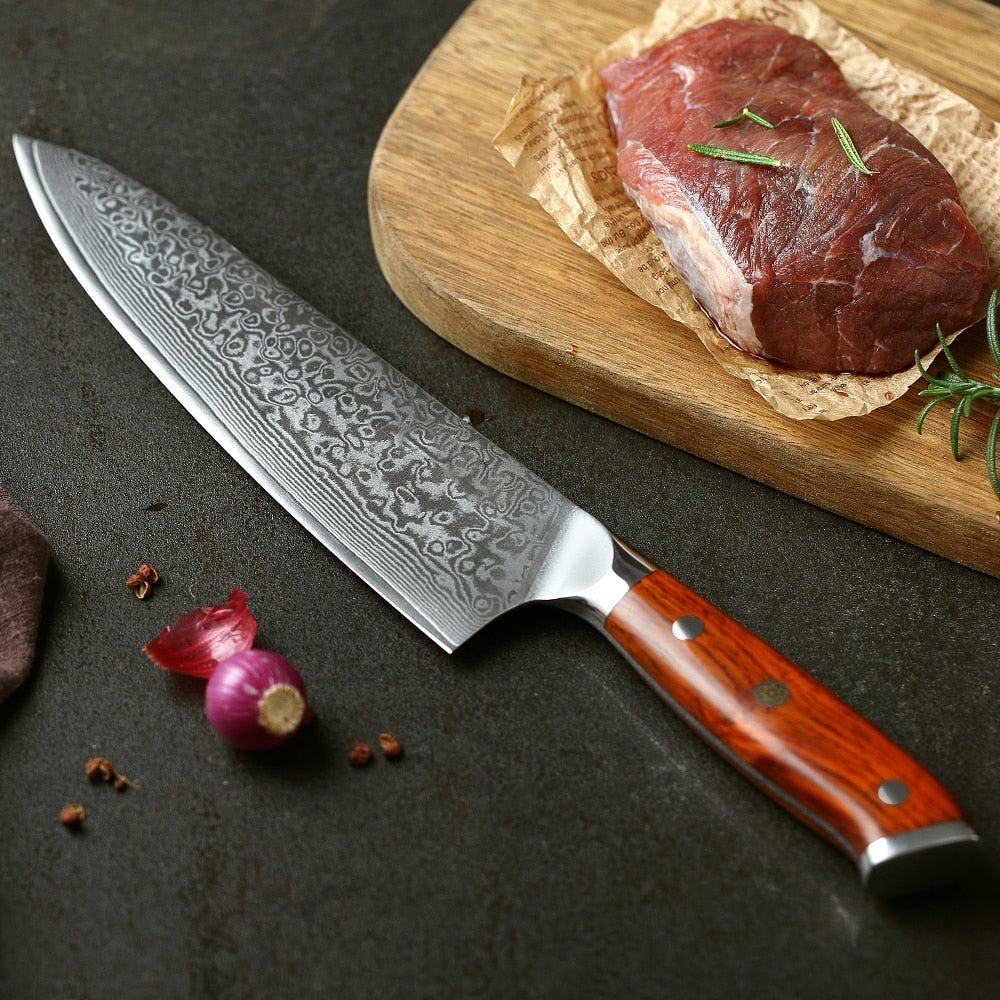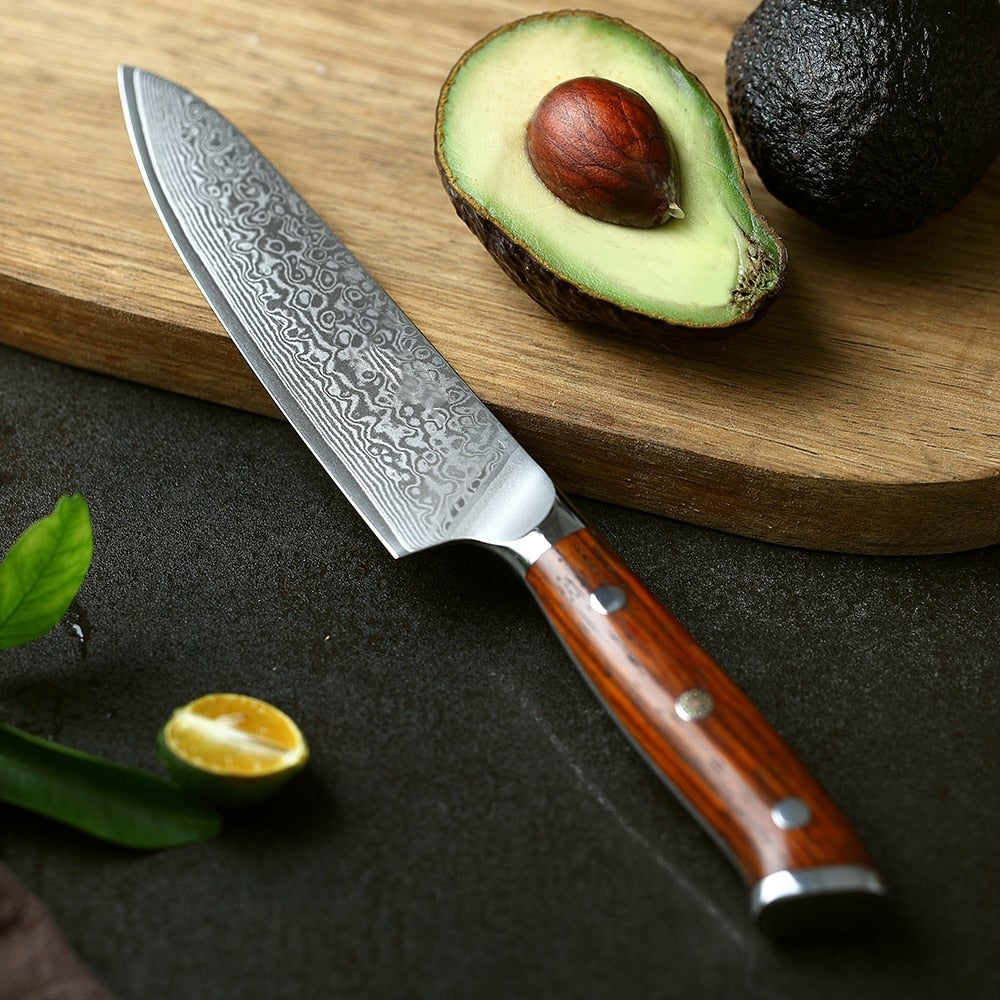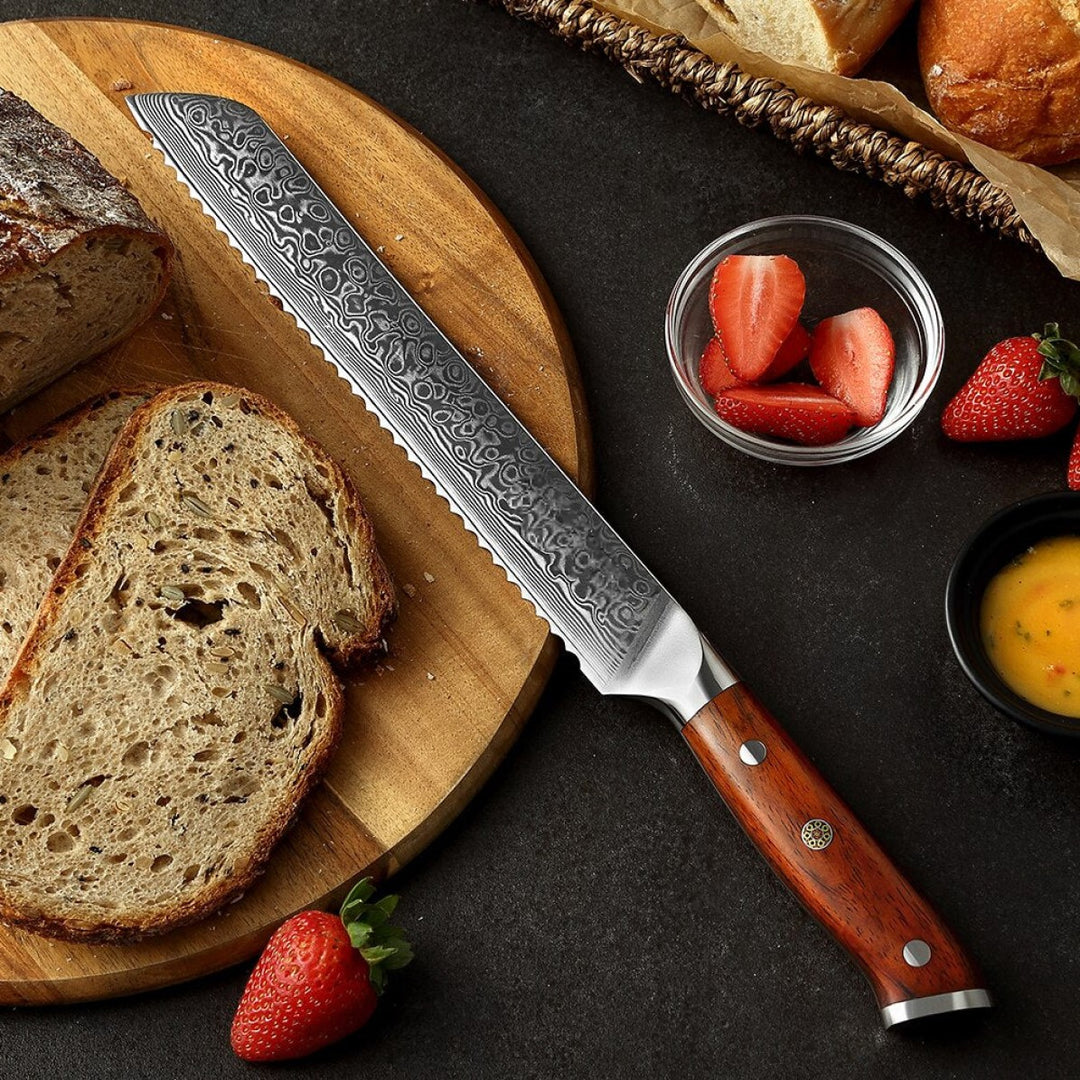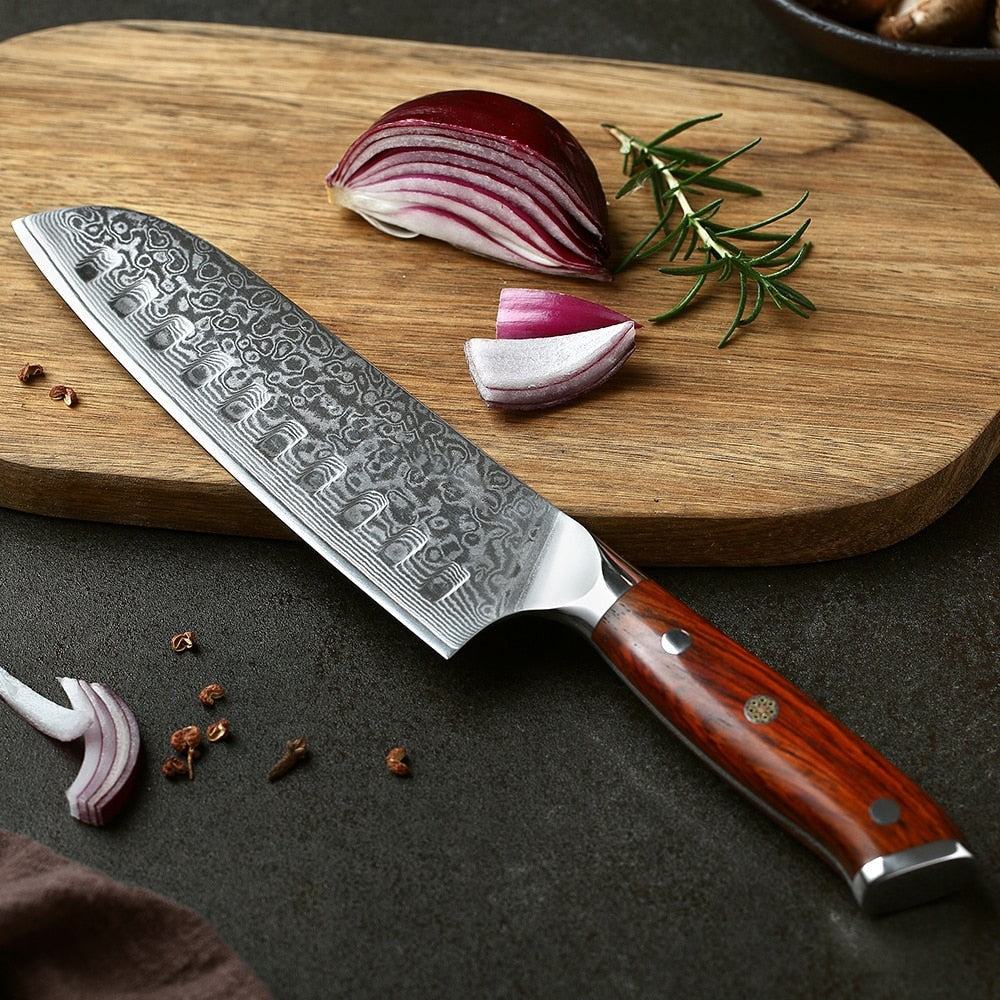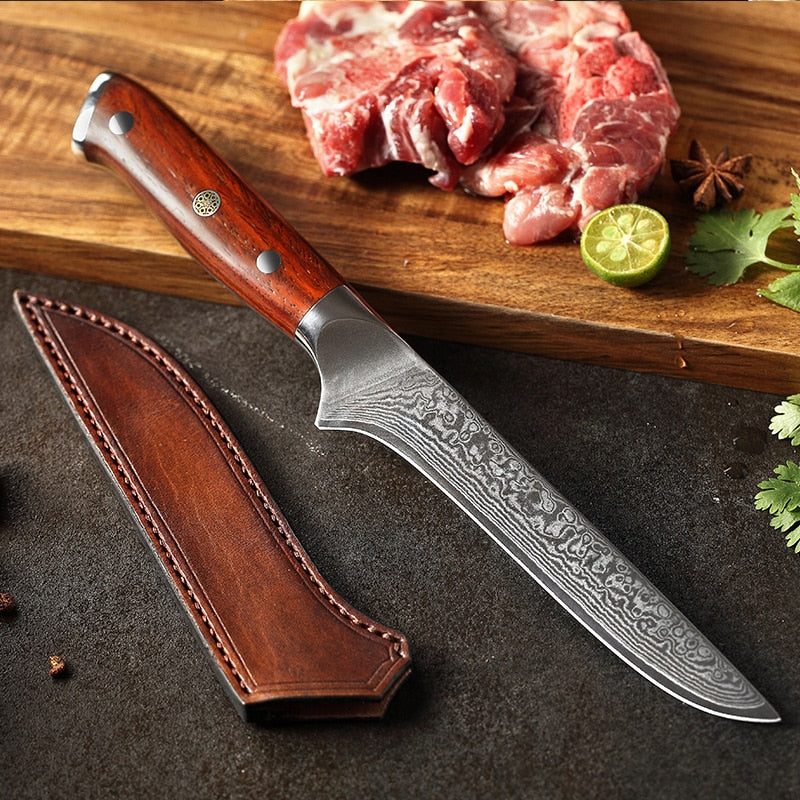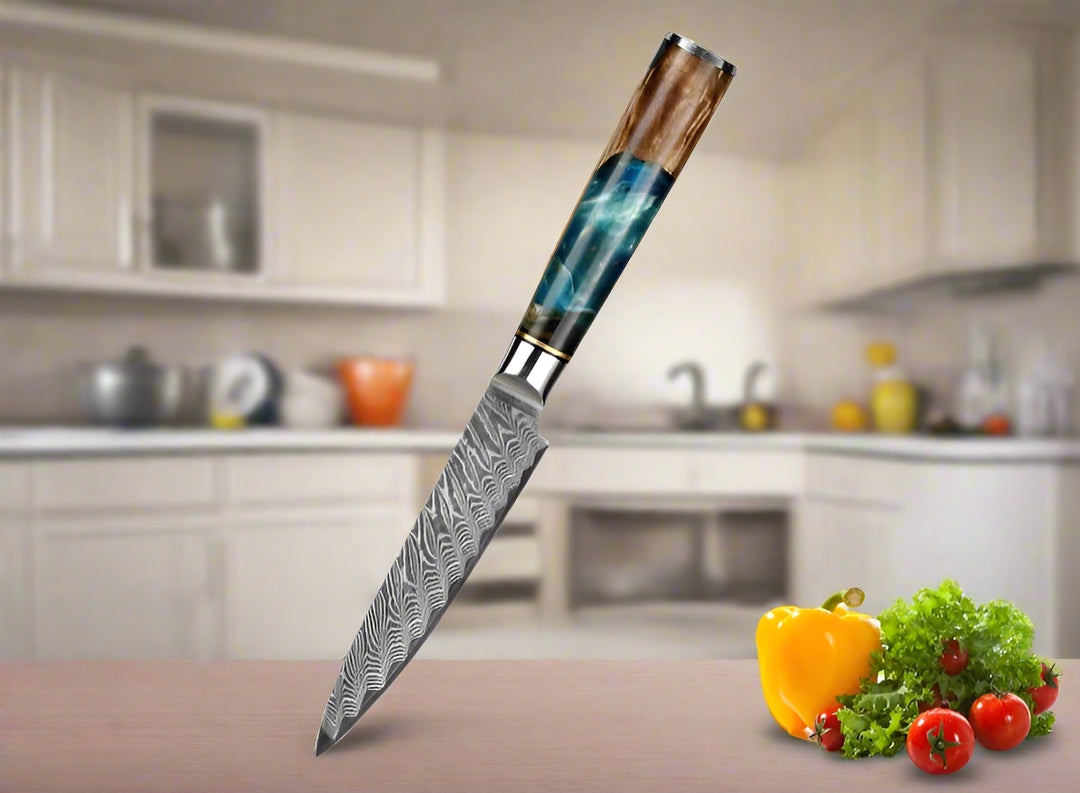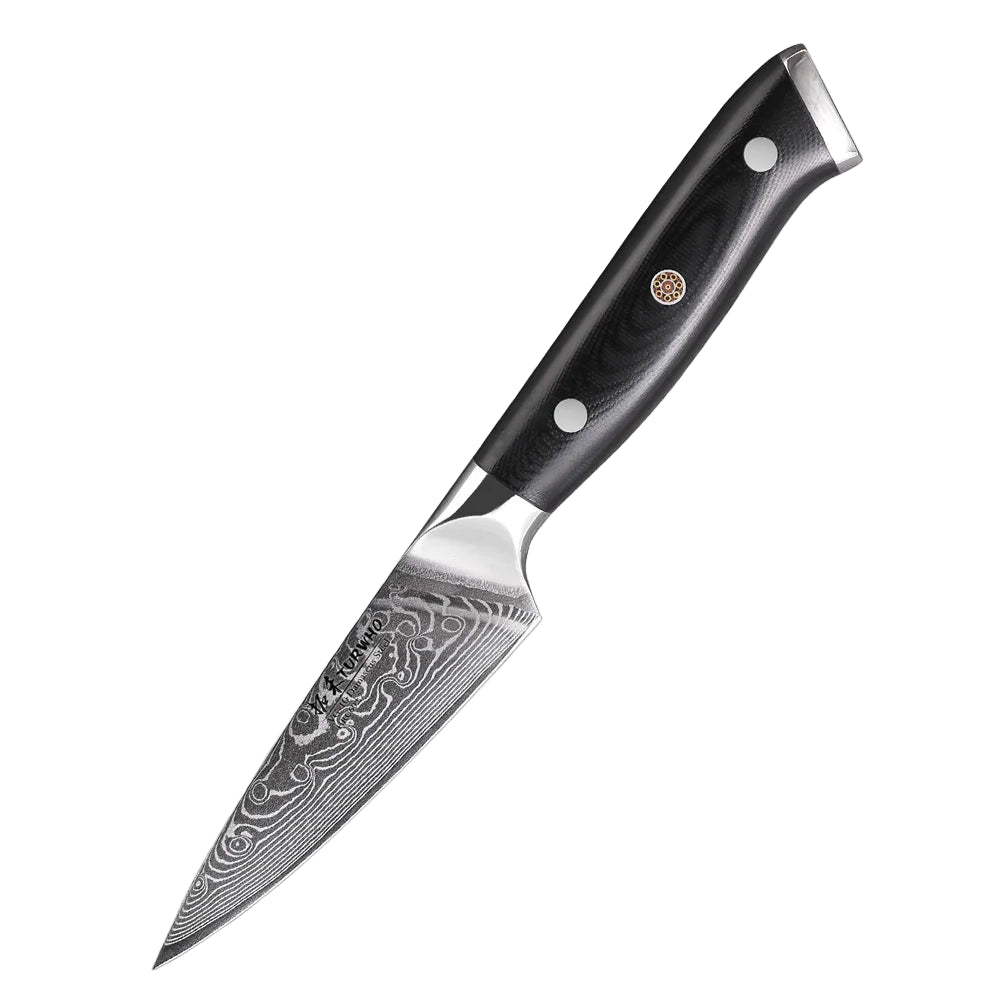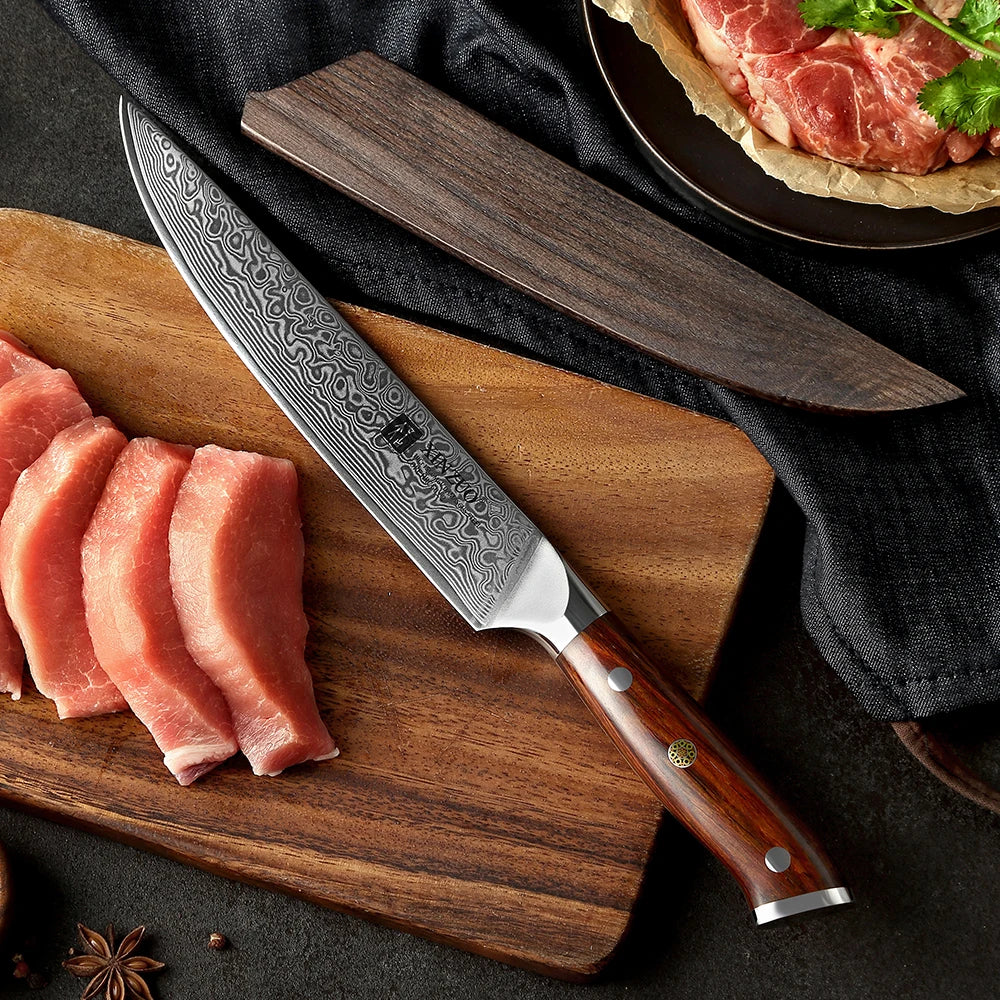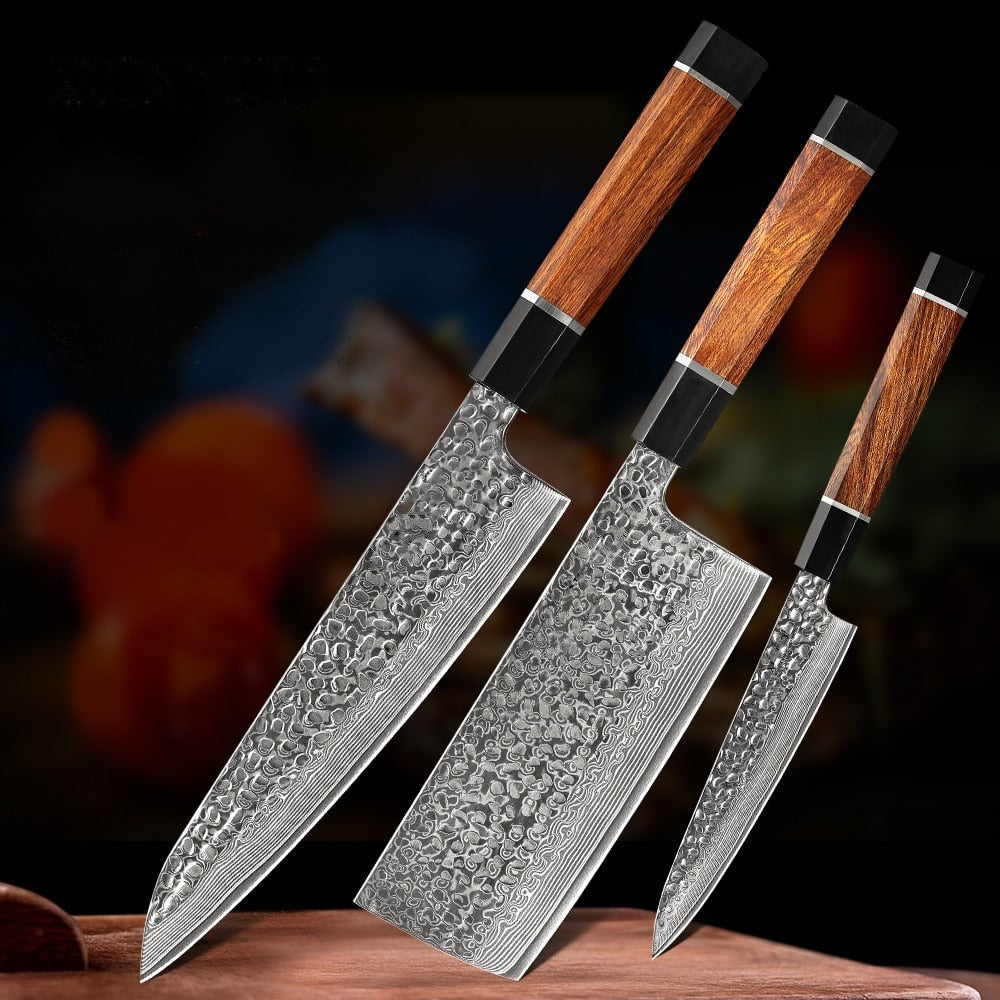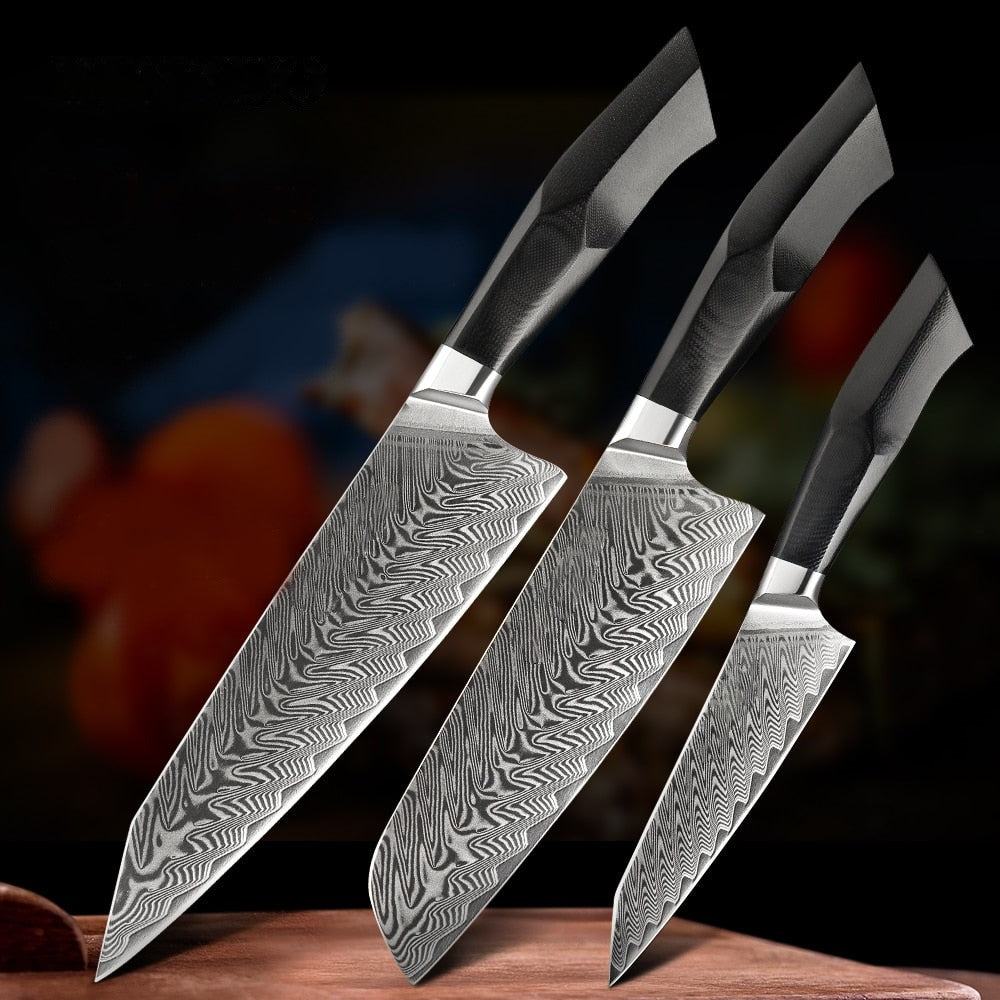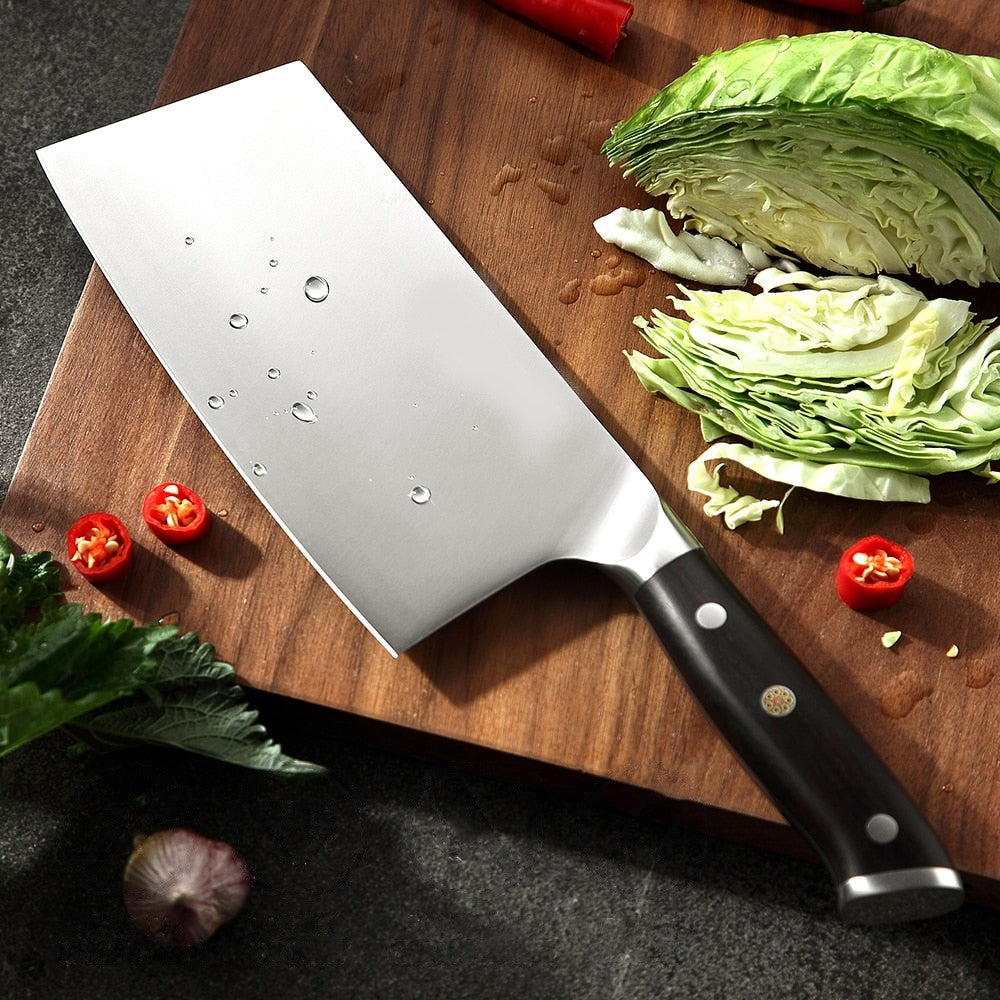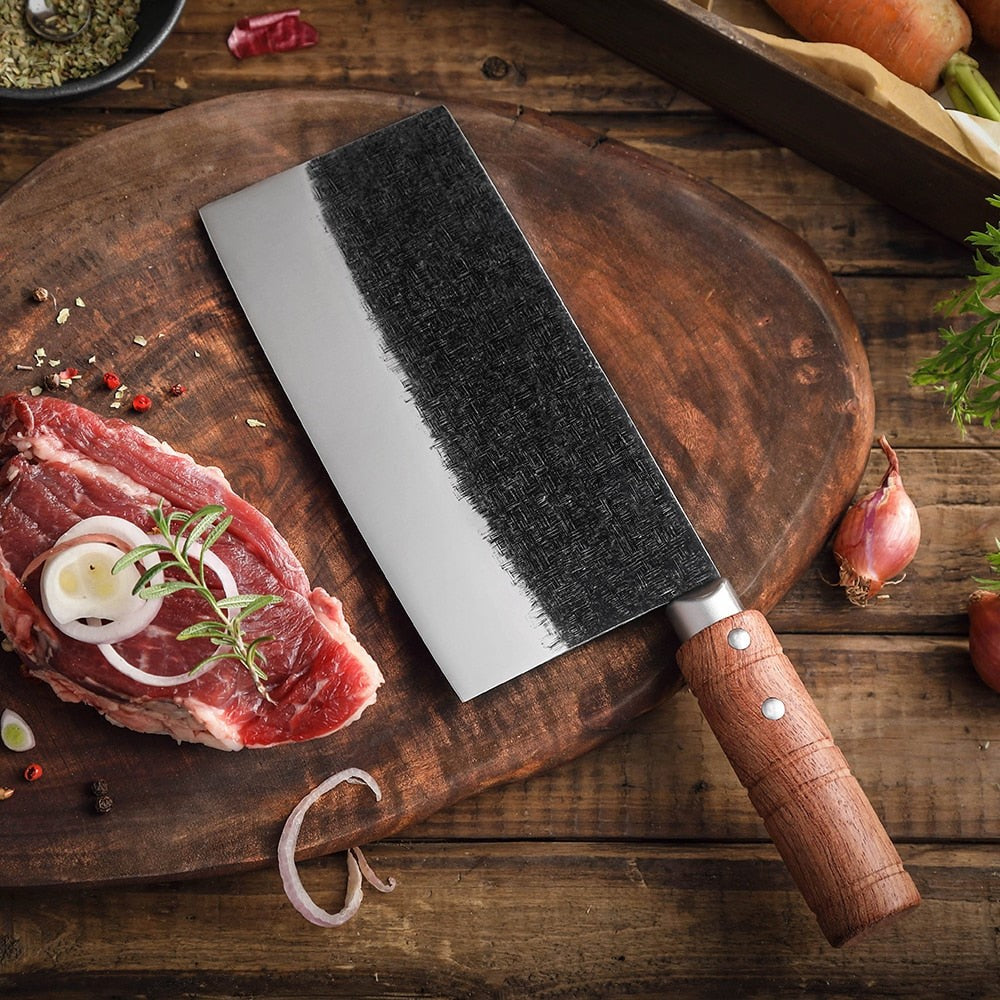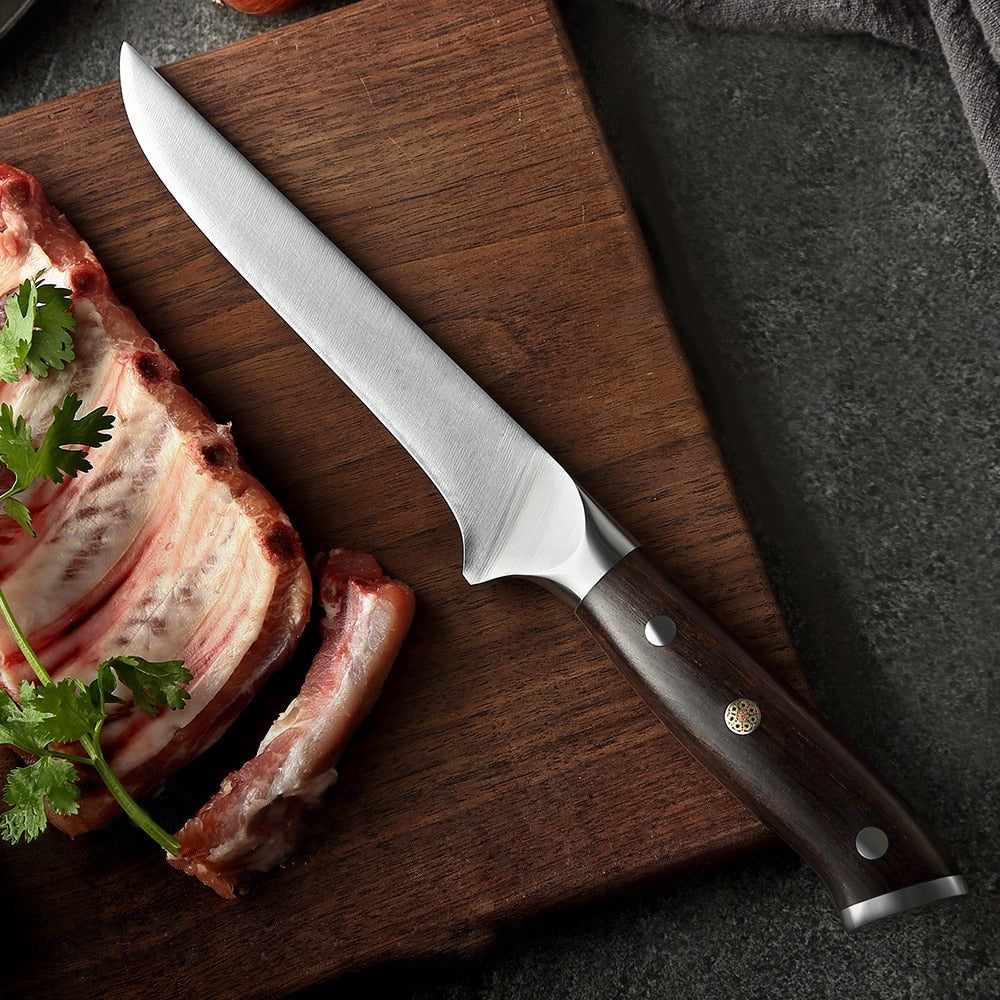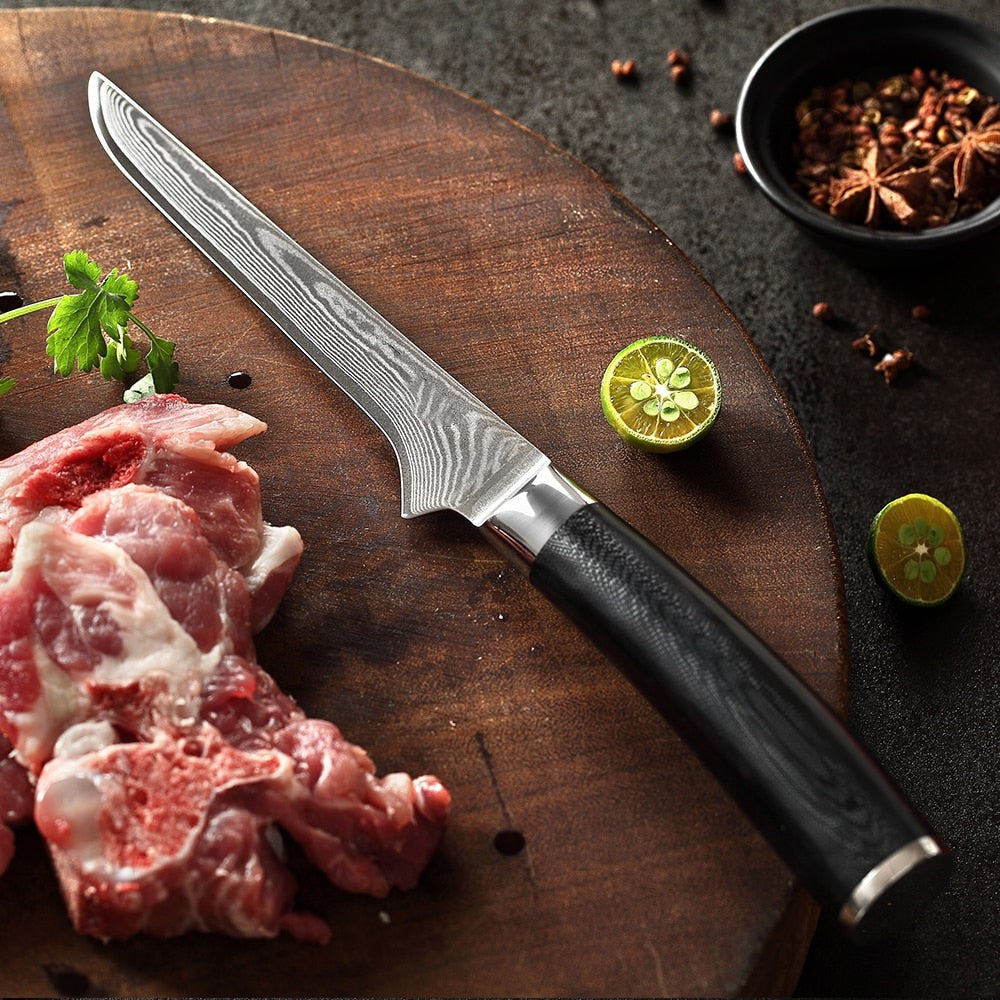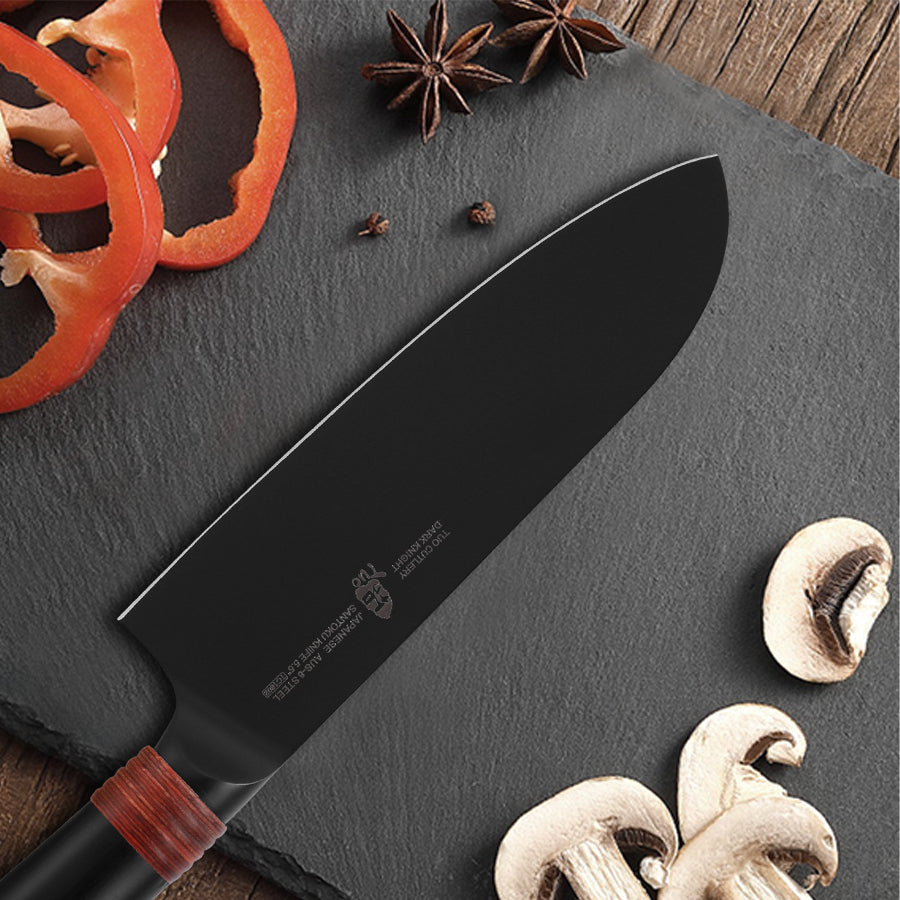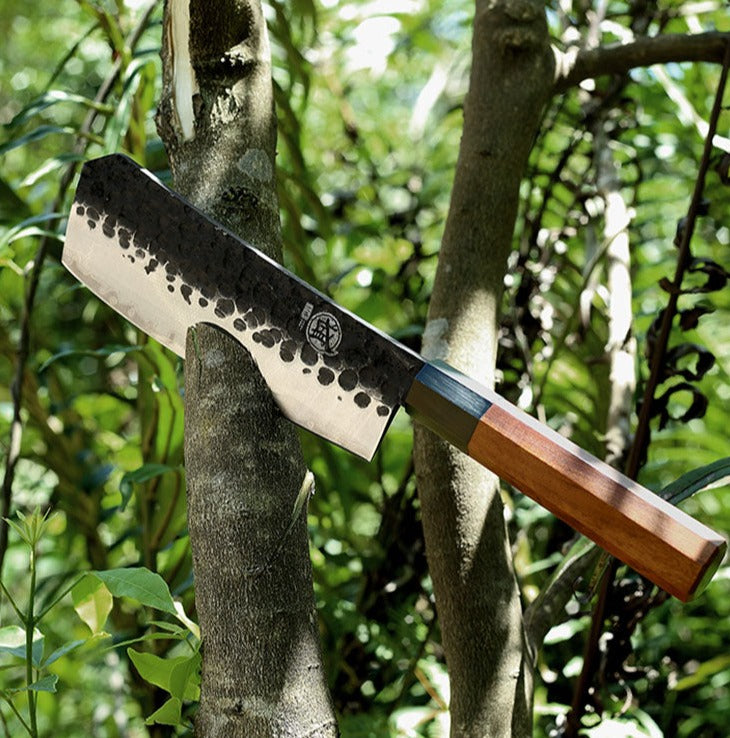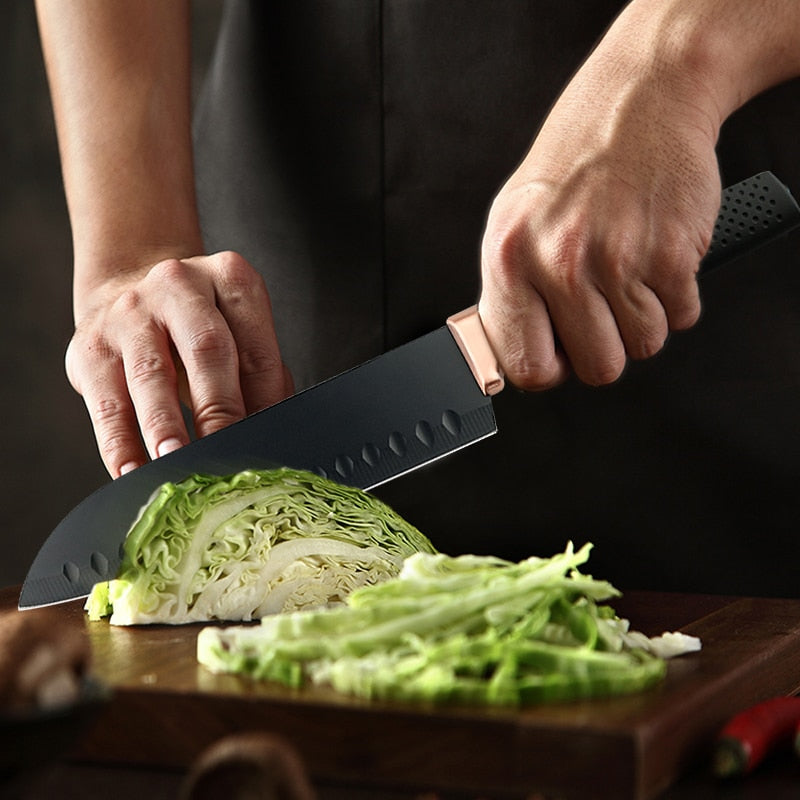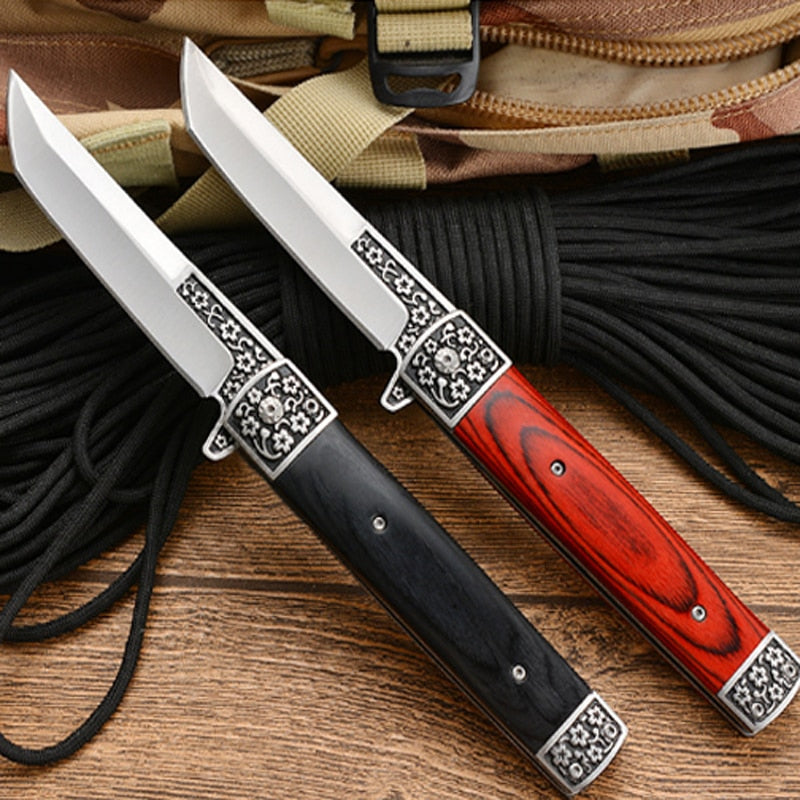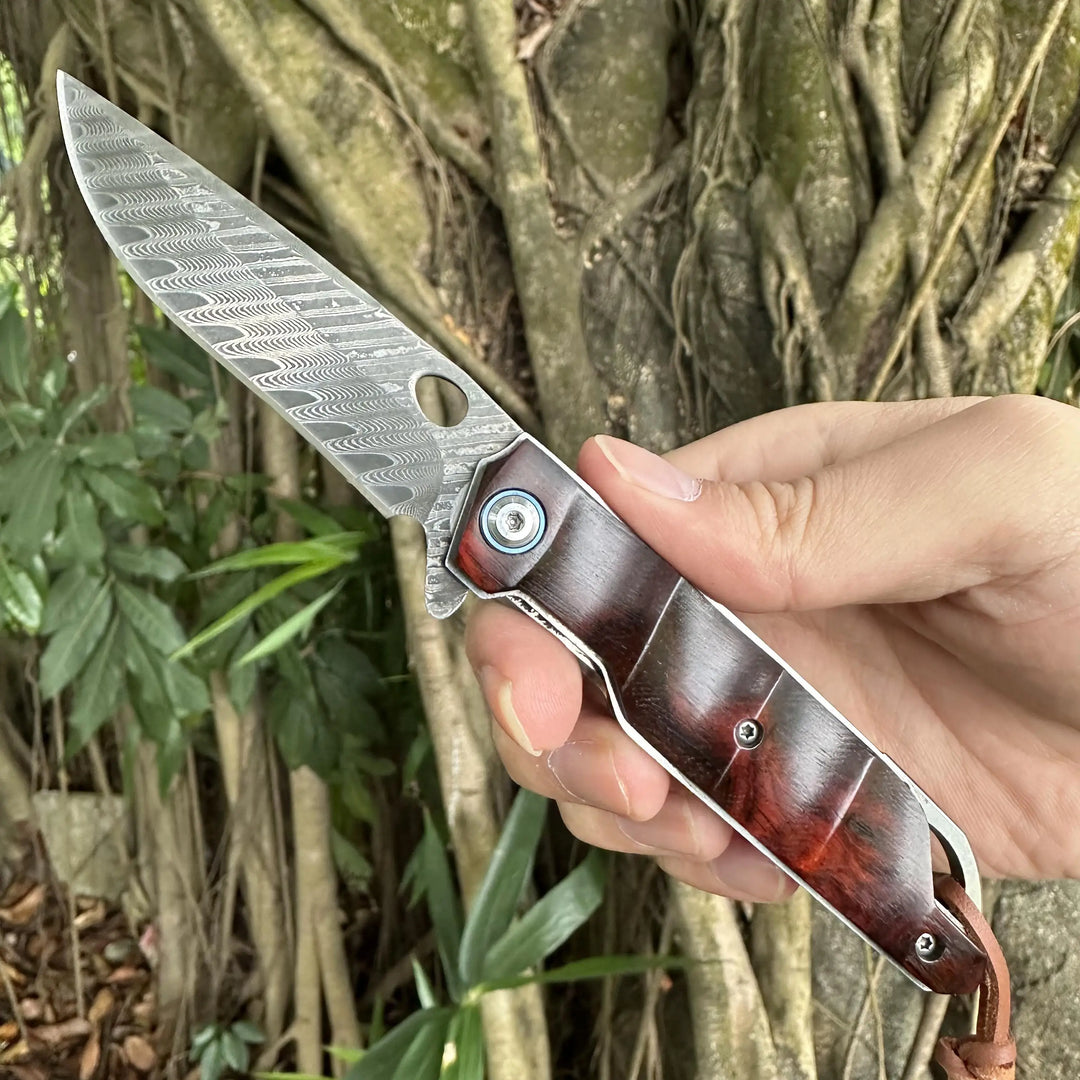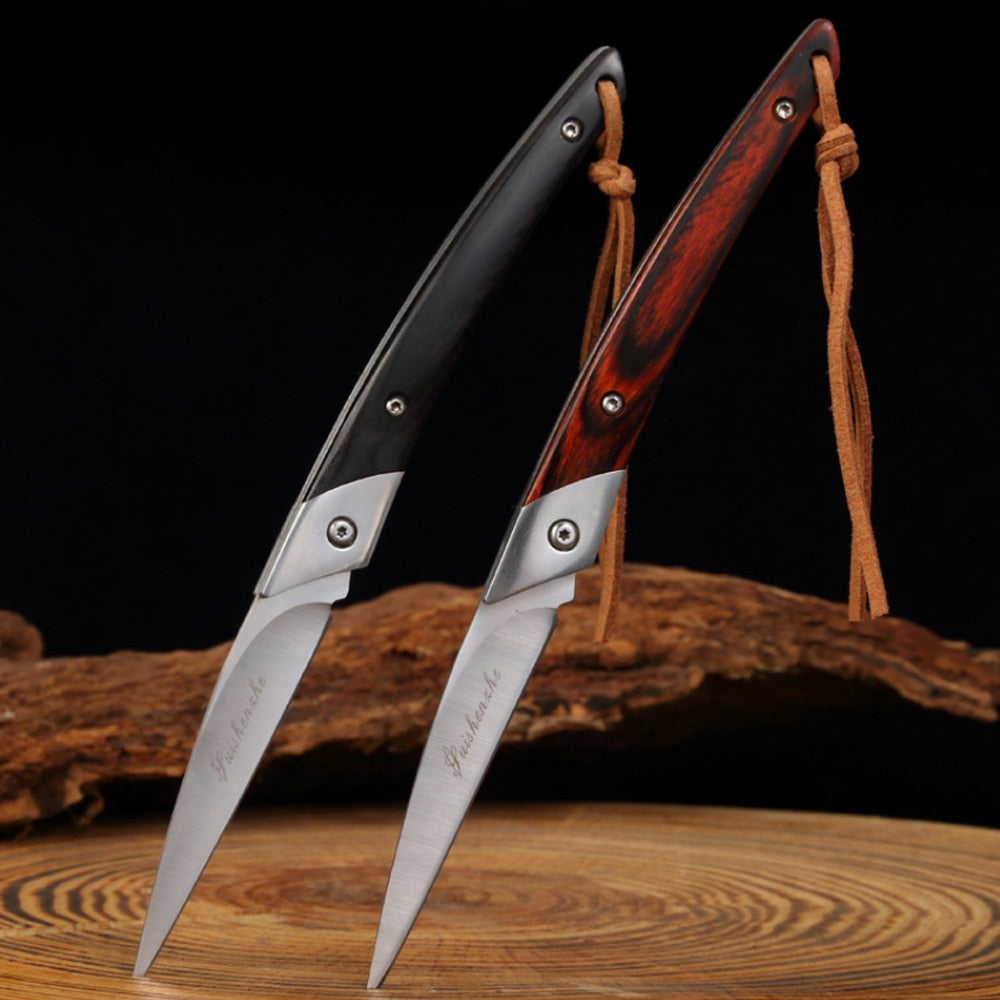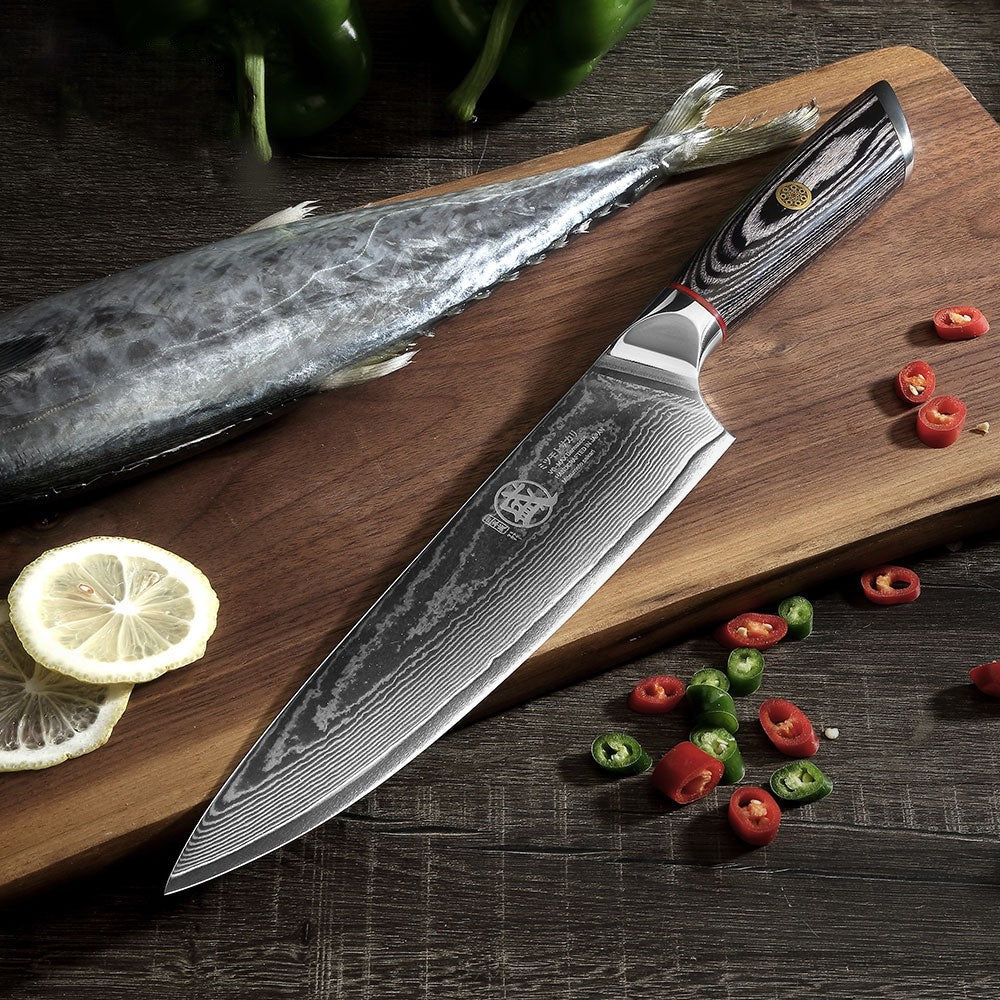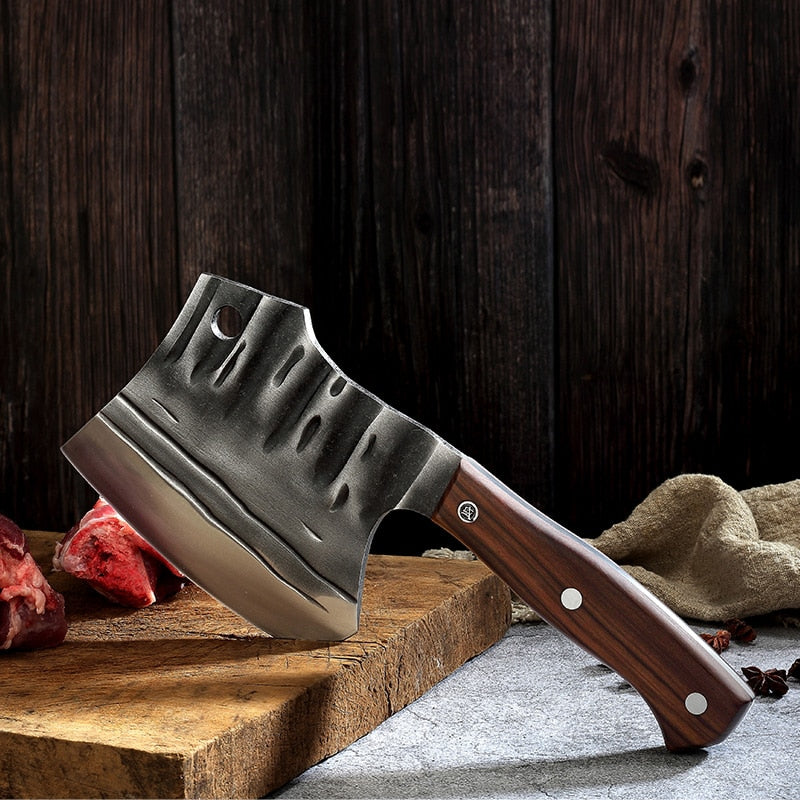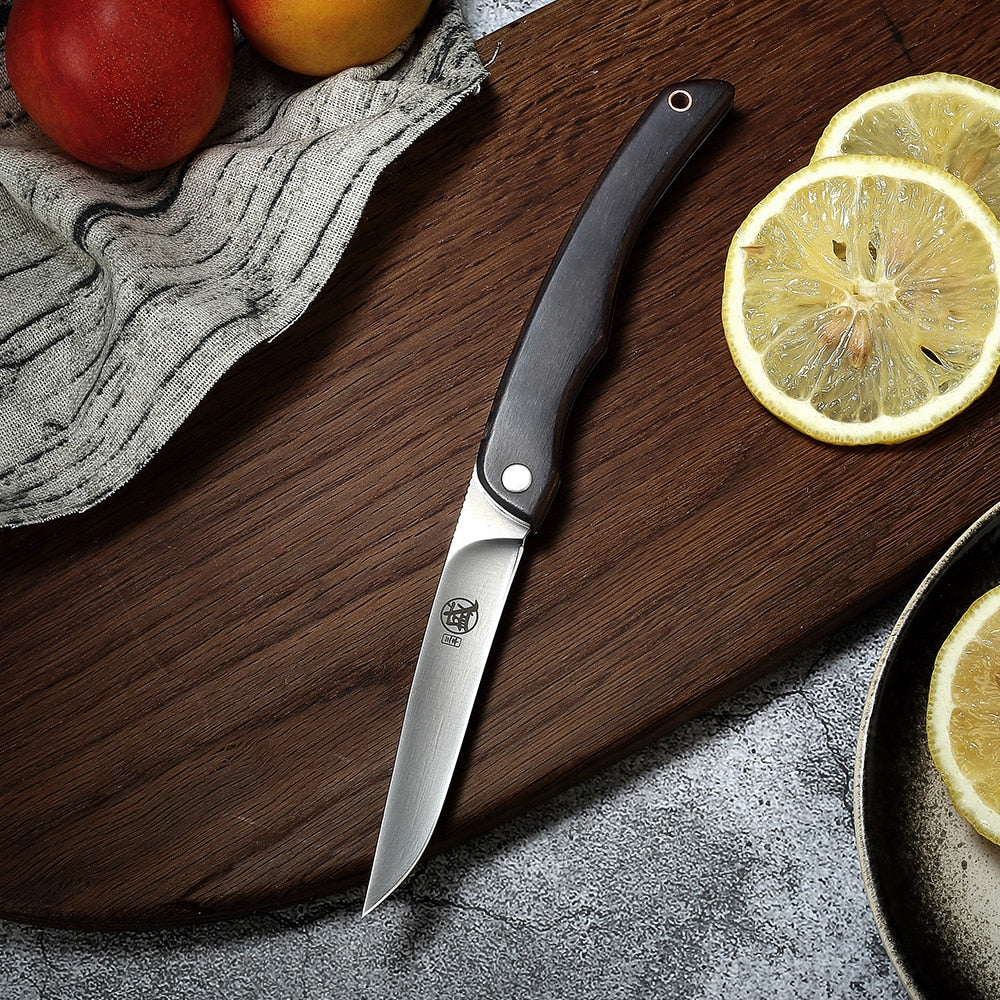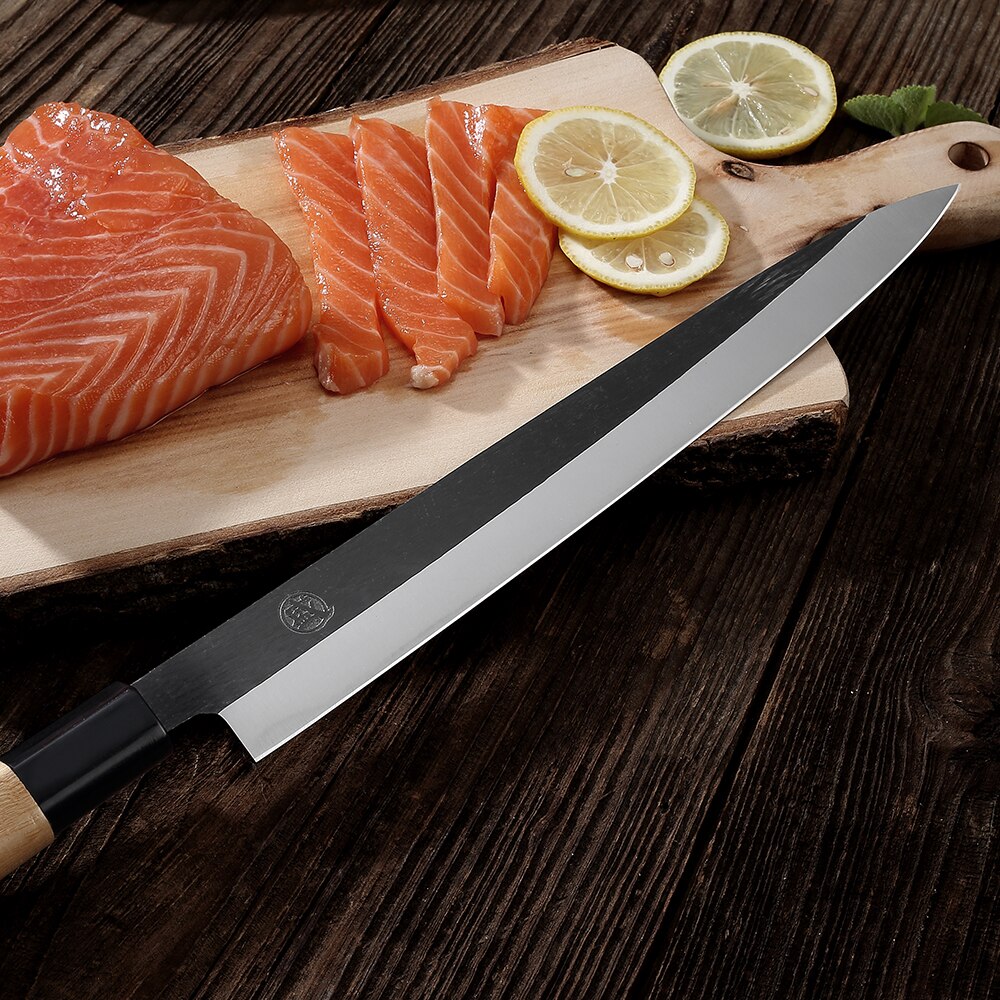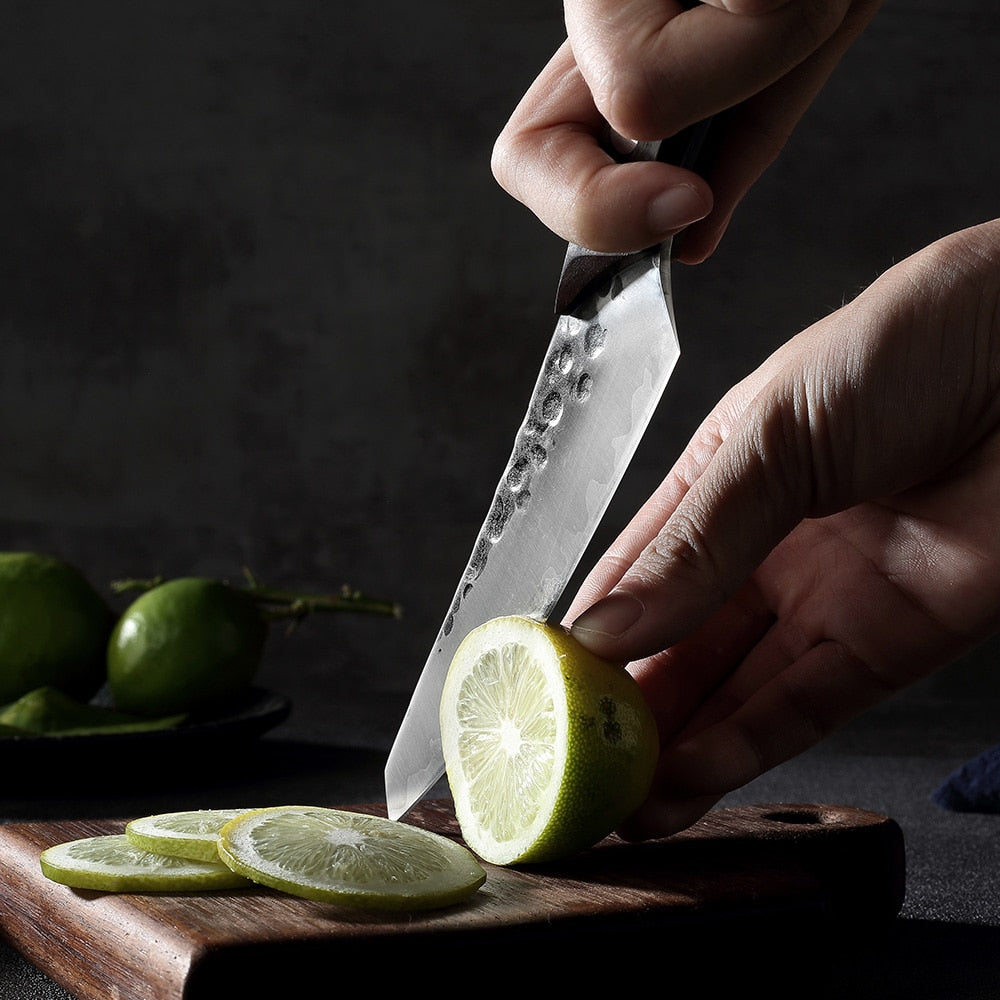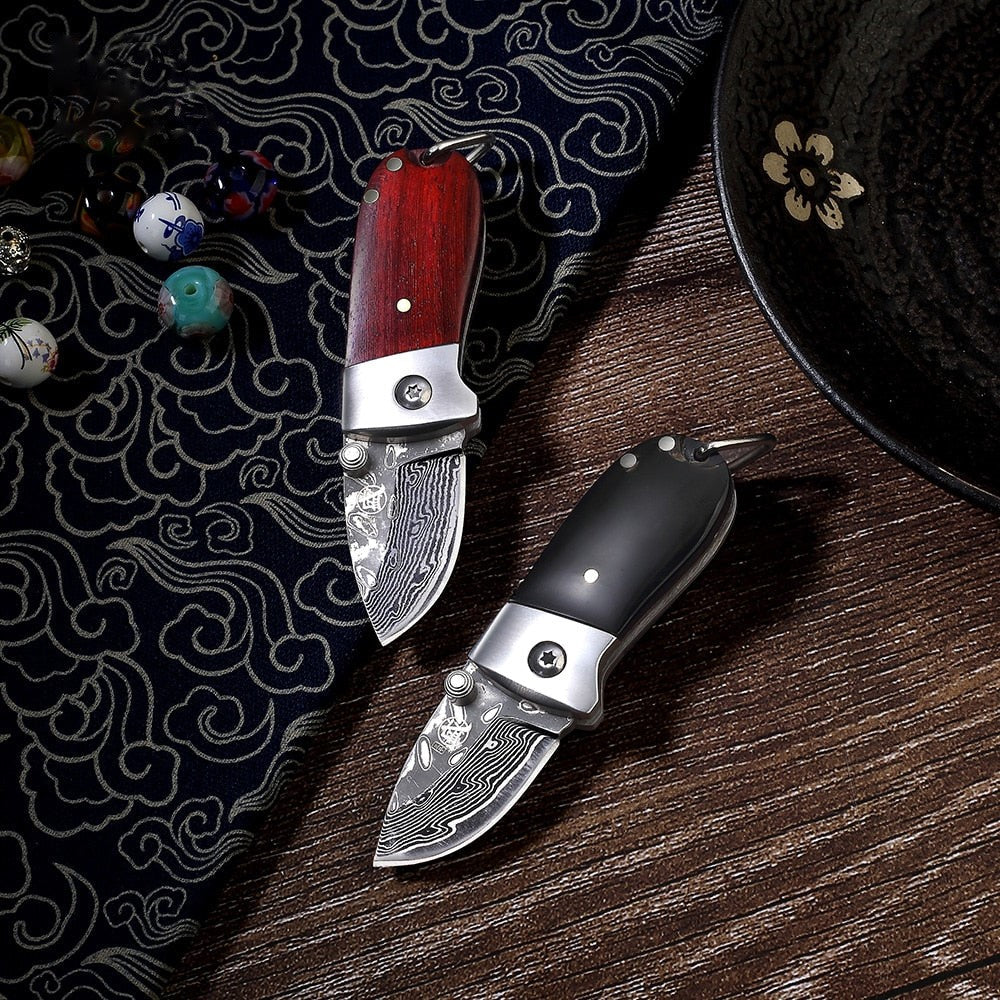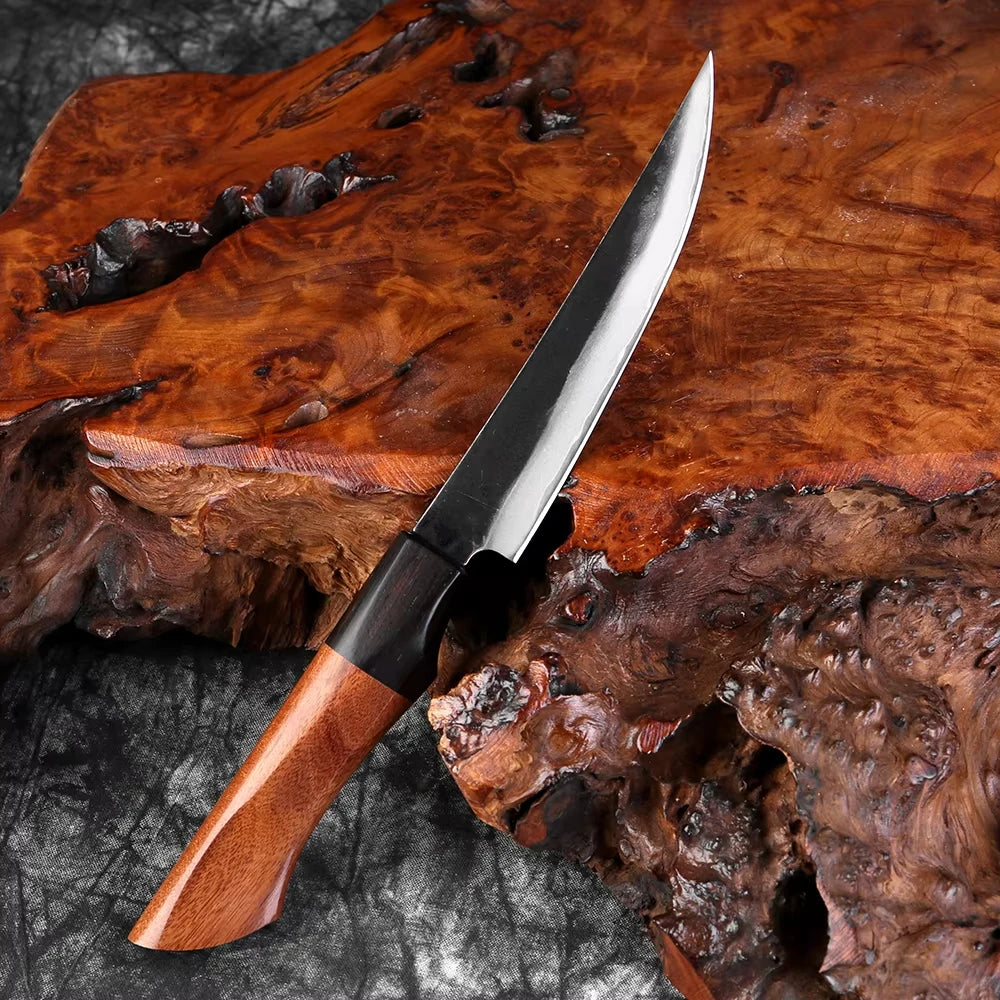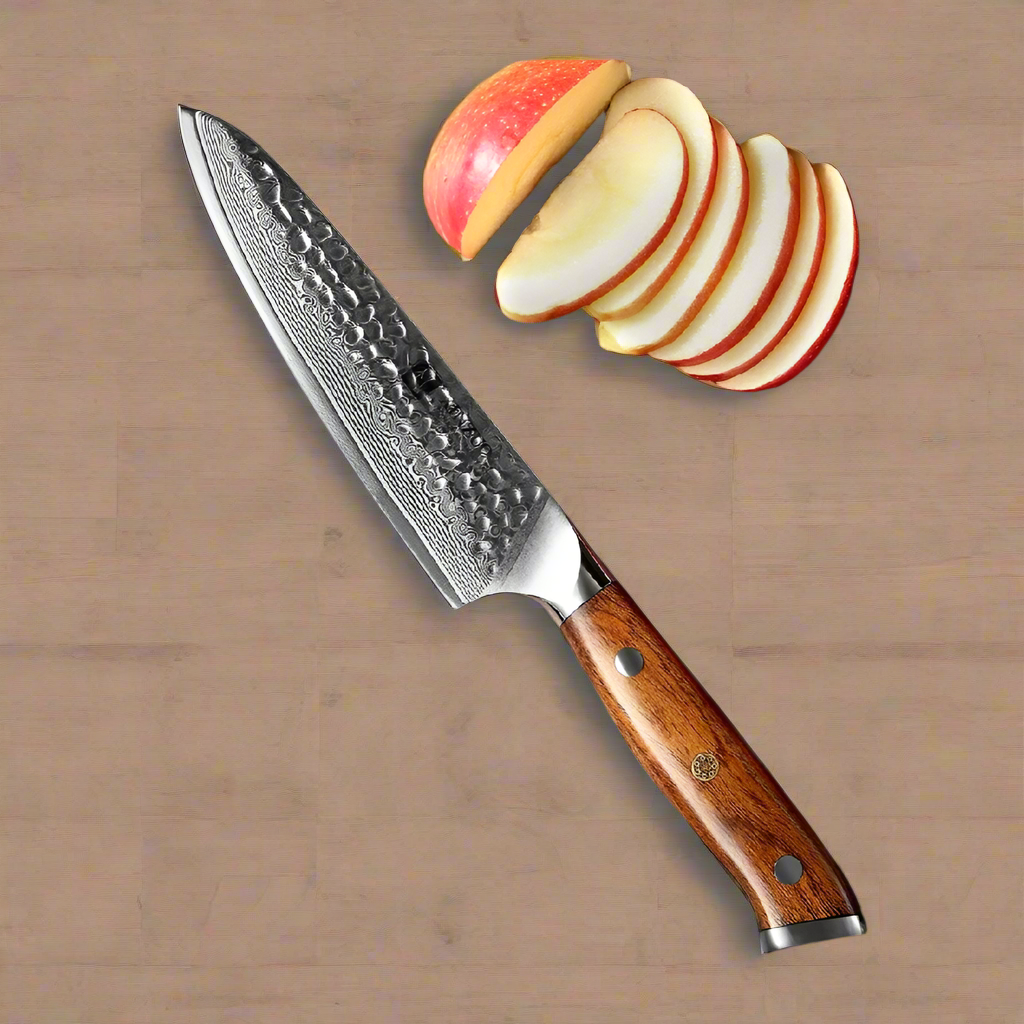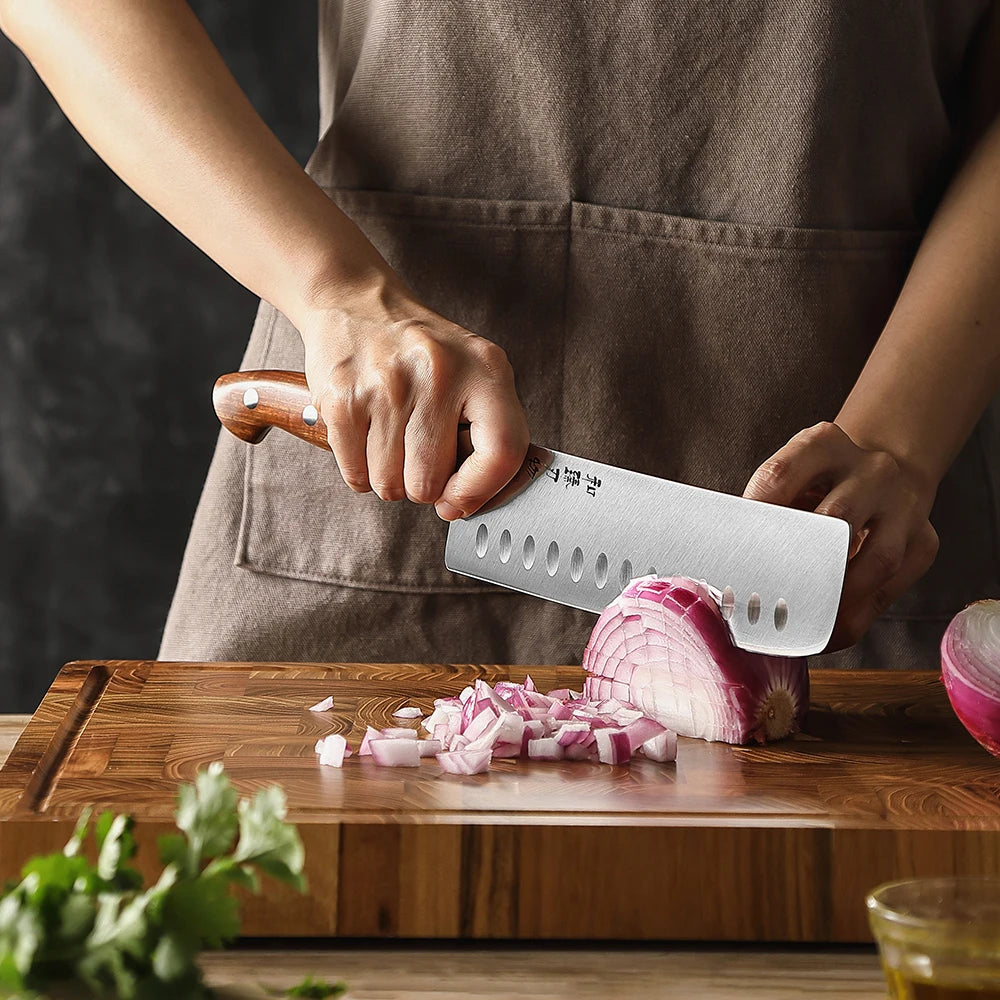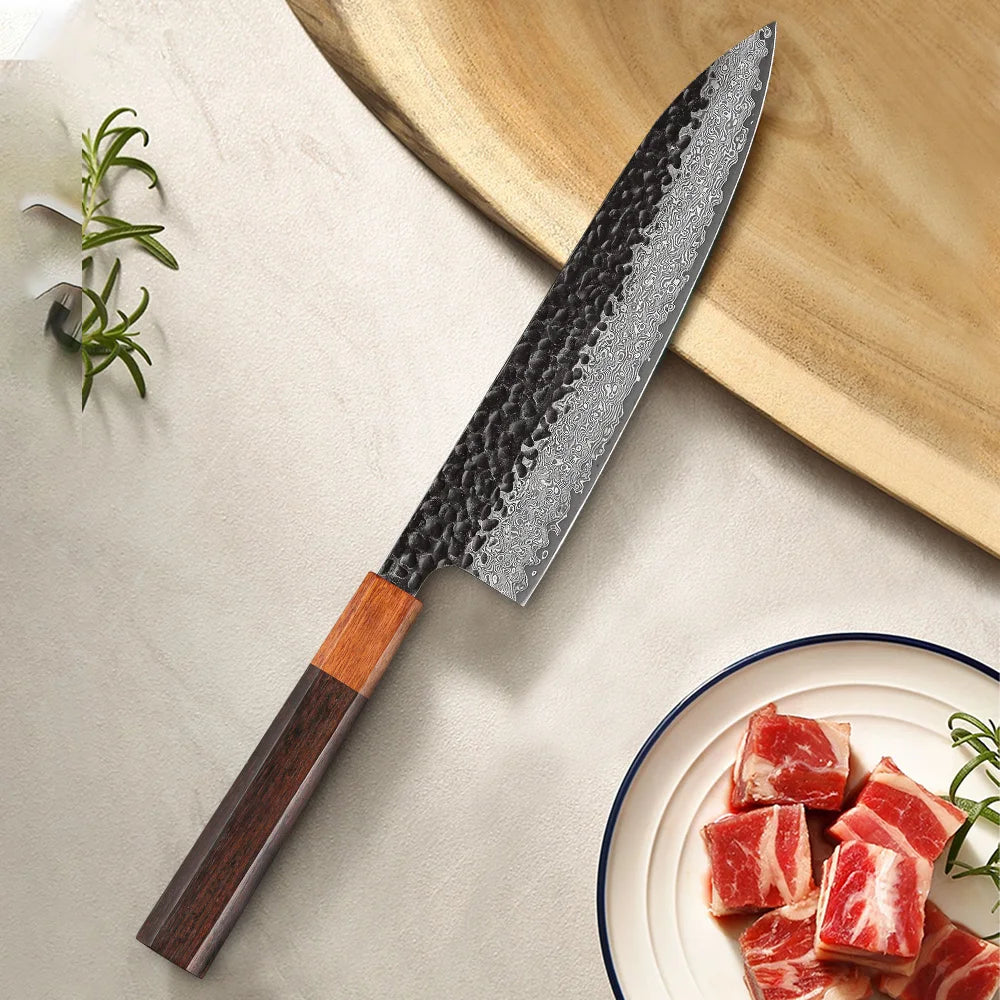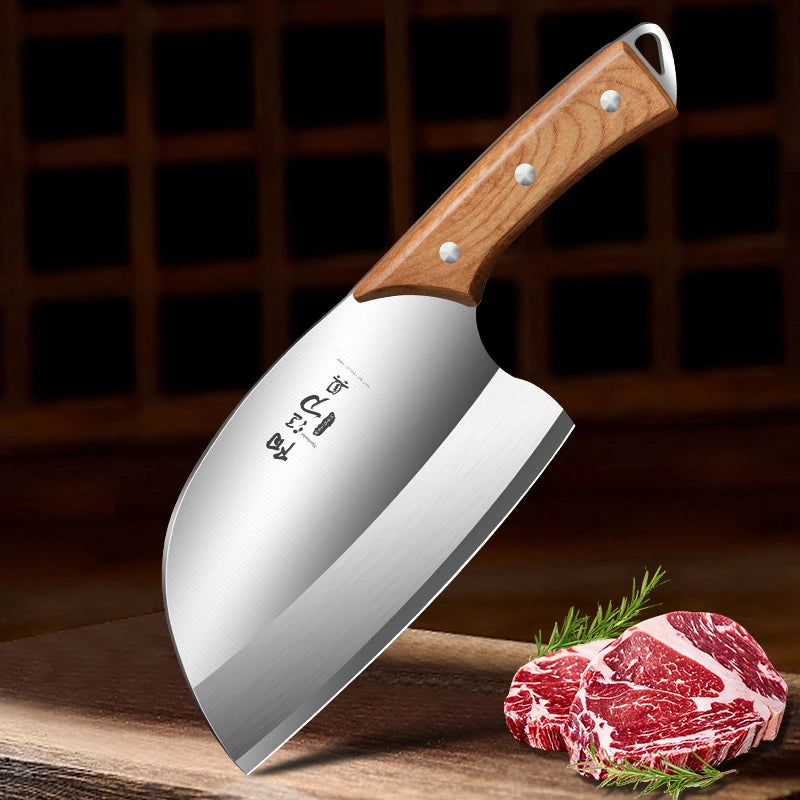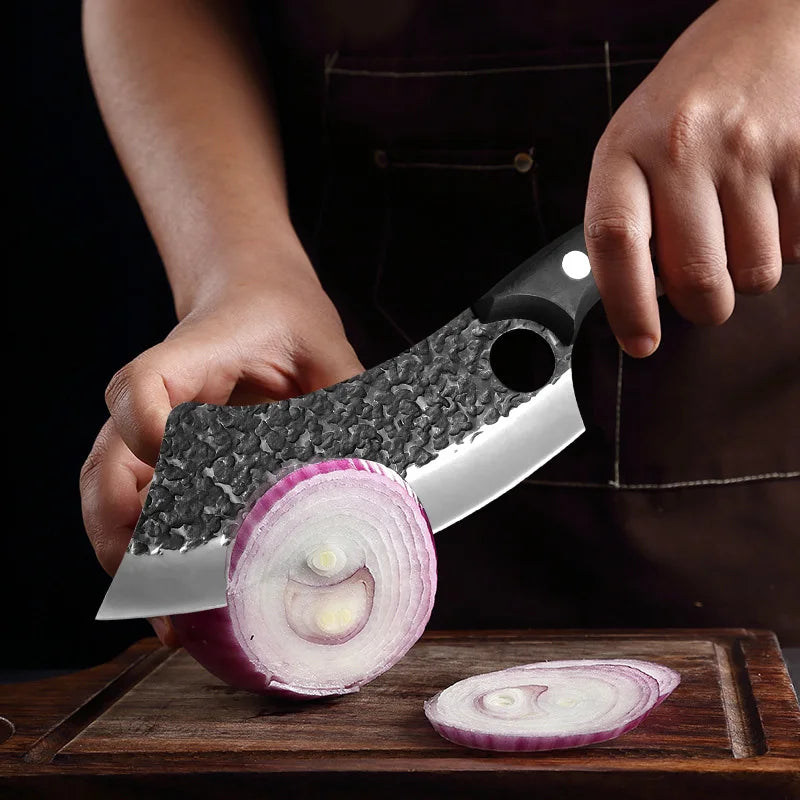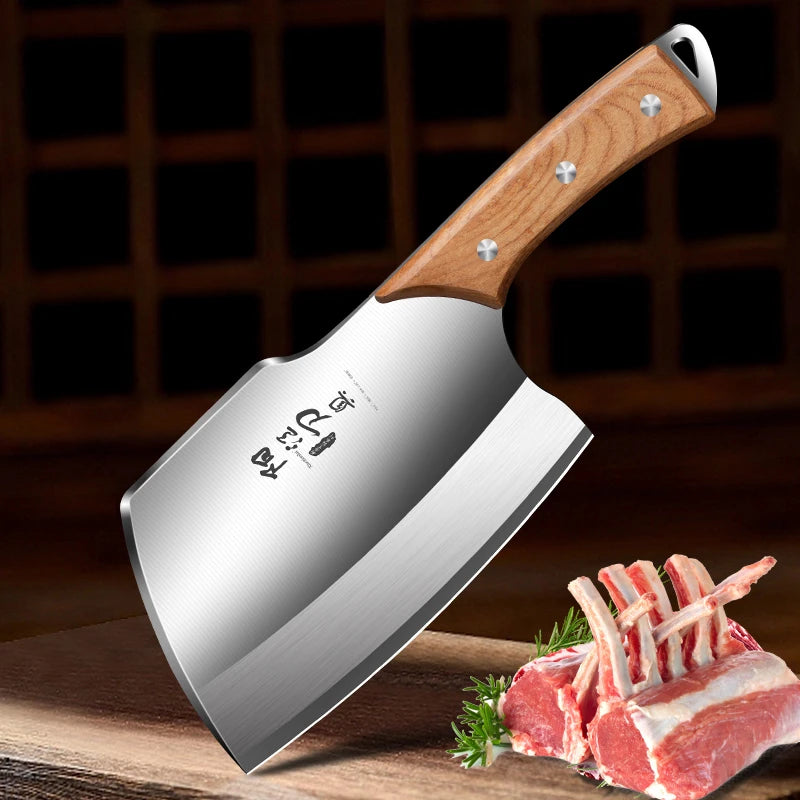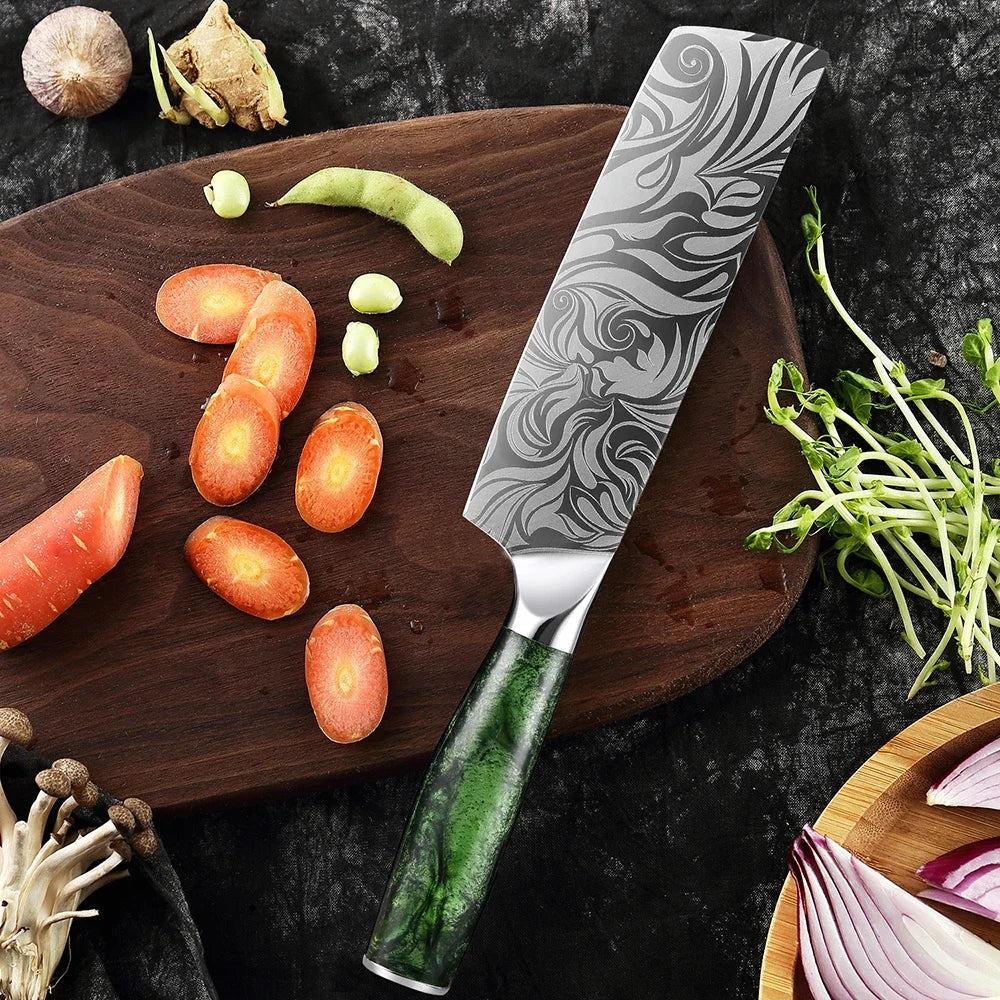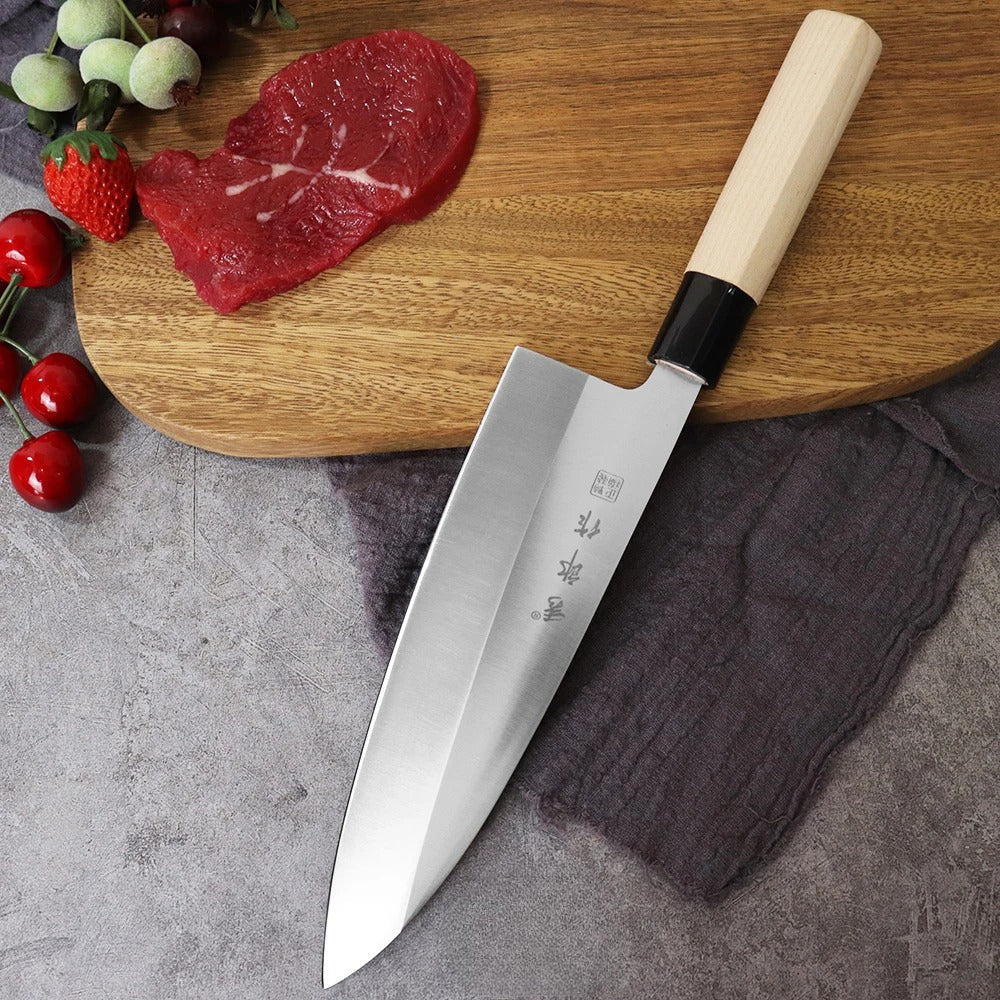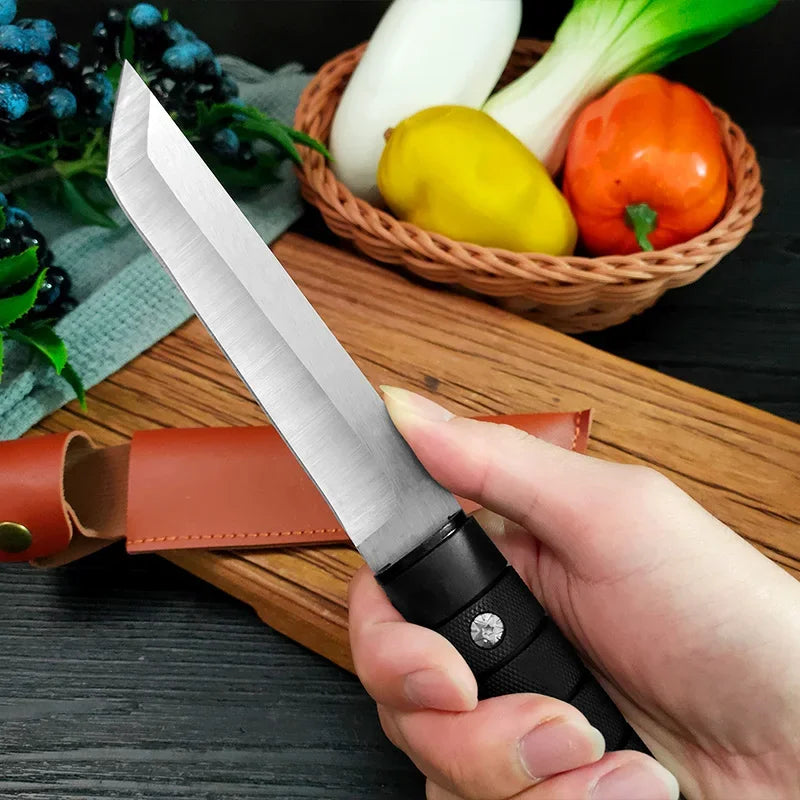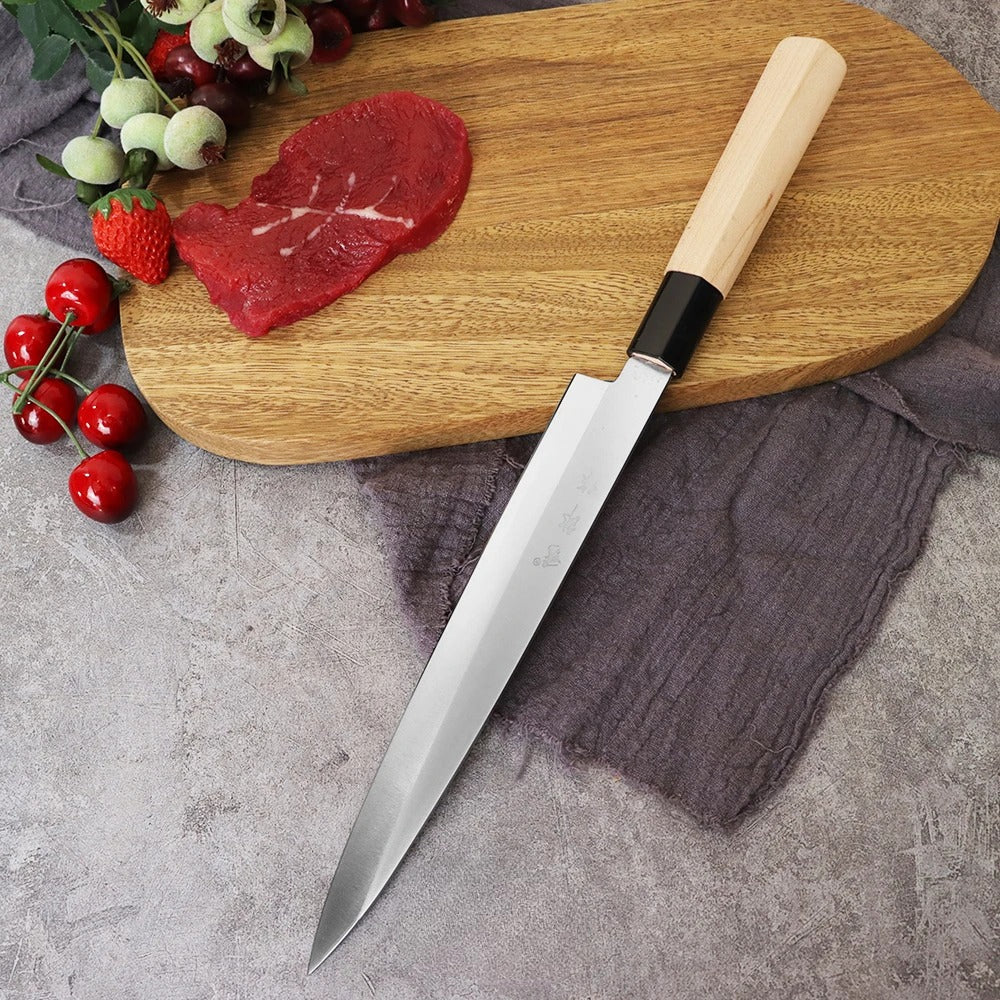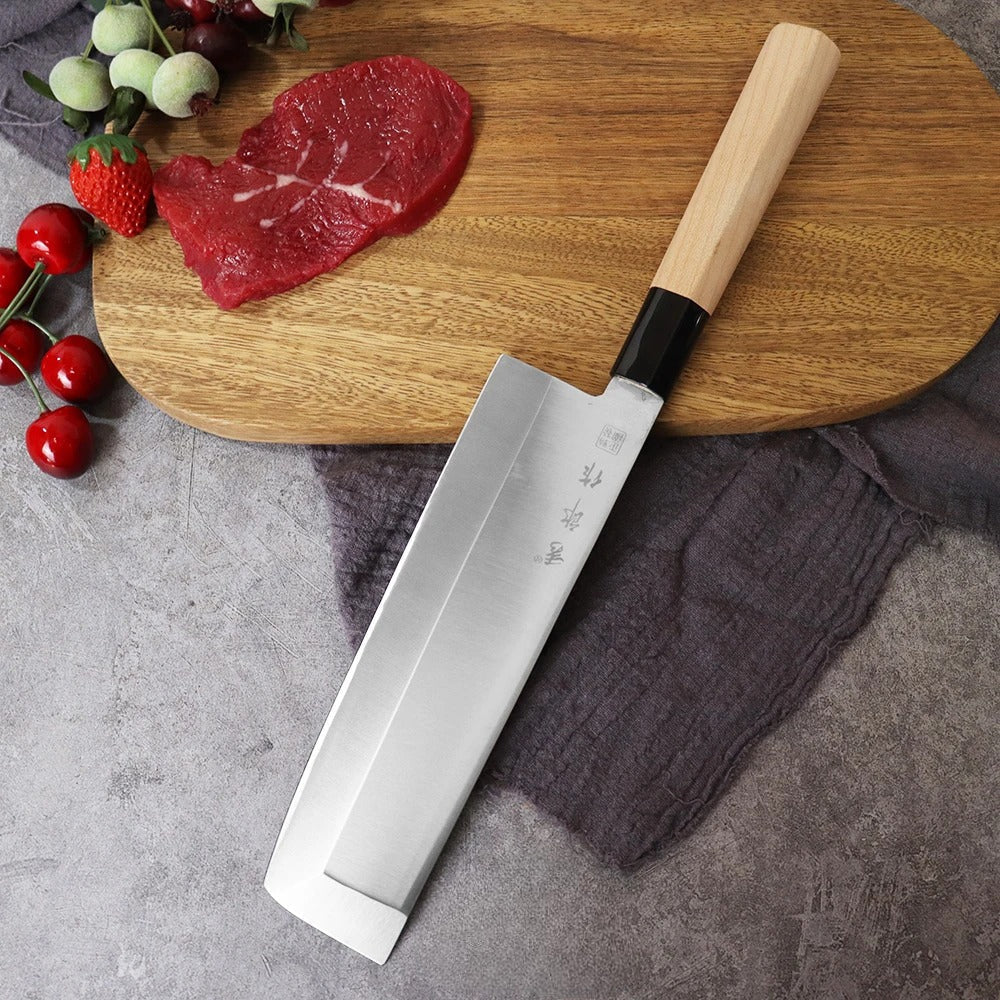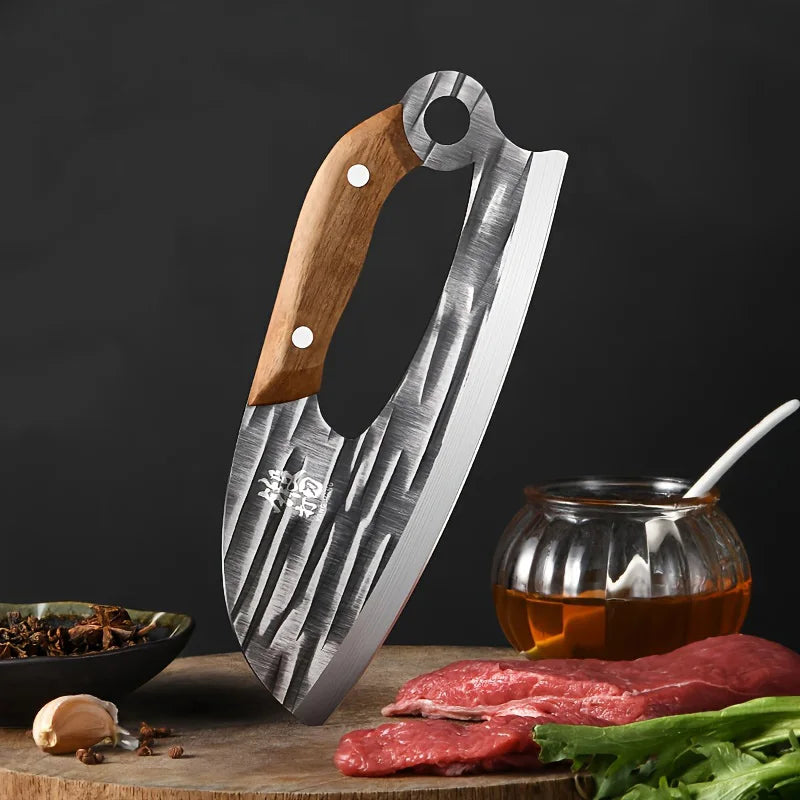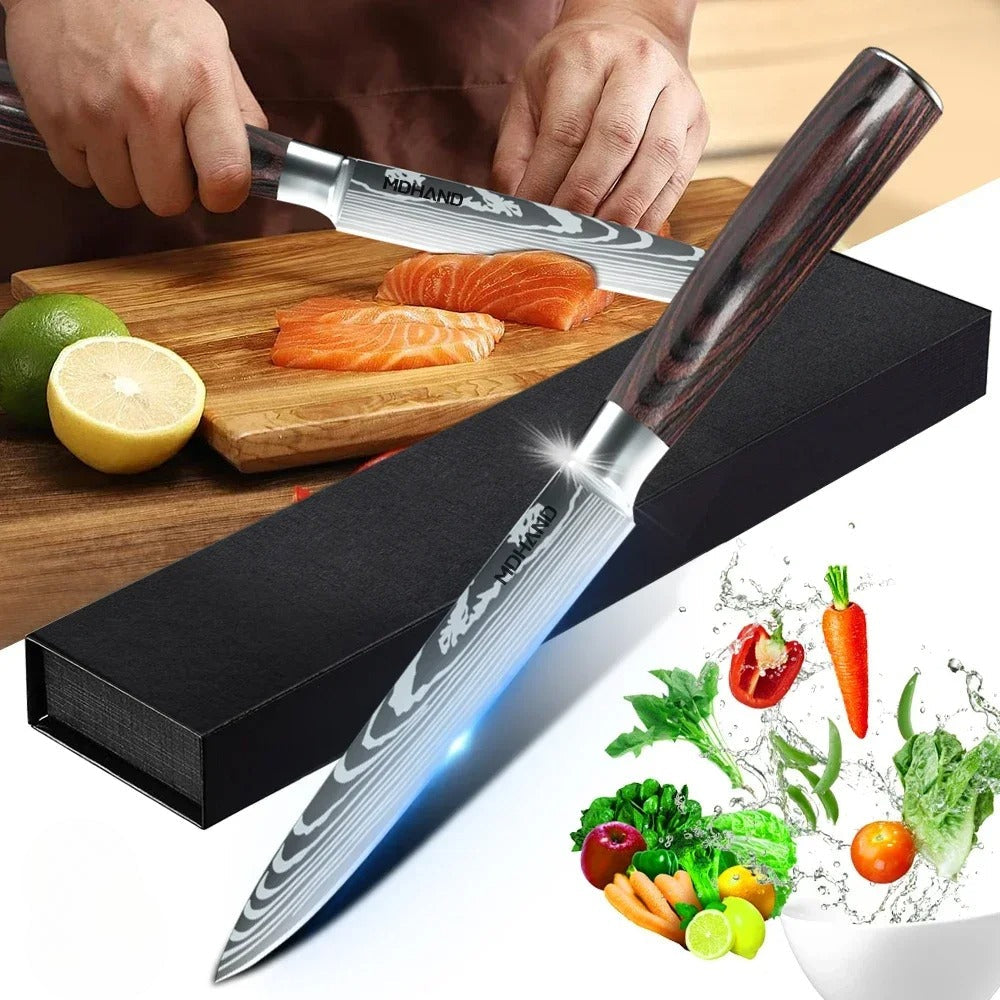Discover the incredible craftsmanship and exceptional quality of the Japanese knife , which combines technical perfection, aesthetic beauty and millenary cultural heritage to offer an unparalleled cutting experience. If you want to complete your culinary equipment, you can also come to our specialized collection on Japanese tableware to embellish your accessories and your kitchen.
Discover the rich history of Japanese knives, a know-how passed down from generation to generation for over a thousand years!
Japanese knives have a long and rich history, dating back over a thousand years. The tradition of knife making has been passed down from generation to generation, maintaining consistent quality and unique craftsmanship.
In the beginning, Japanese knives were made from natural materials such as wood and stone. Stone knives were the first to be made, and they were used mainly for hunting and fishing.
Over time, Japanese blacksmiths began to use more advanced materials for knife making. Blades were made from metals such as steel and iron, and were tempered to increase their strength and durability.
These beautiful knives have a reputation for excellence around the world. The blades are often considered the finest and sharpest in the world. Japanese blacksmiths pay great attention to detail when crafting the blades, ensuring consistent quality and exceptional durability.
There are several types of Japanese knives, each with specific uses. Japanese kitchen knives, such as chef's knives and sushi knives, are often considered the best in the world due to their sharpness and precision. Japanese pocket knives and Japanese folding knives are also highly prized for their exceptional quality.
The Japanese pocket knife , also known as a higonokami, is a traditional folding knife that has become very popular around the world. They were first made in the city of Miki, Hyogo Prefecture, in the 19th century. Higonokami knives have a hardened steel blade, a brass handle, and a simple locking mechanism that holds the blade in place.
The Japanese folding knife has a long history. They have been used for hunting and fishing for centuries, and were made from natural materials such as wood and bone. Modern folding knives are often made from stainless steel, titanium, and other advanced materials, giving them exceptional durability.
Japanese knives are also prized for their beauty and aesthetics. The blades are often decorated with intricate patterns and engravings, and the handles are often carved with floral or wave designs. Knives are often considered works of art in addition to being practical tools.
It is important to note that traditional Japanese knives have a special cultural significance. Knives are often seen as symbols of honor and tradition, and are often passed down from generation to generation. Japanese swordsmiths are also considered guardians of Japanese culture and history, as they carry on an ancient tradition that dates back over a thousand years.
Indeed, Japanese knives have a significant cultural significance in Japan. They are often associated with craftsmanship and respect for tradition. Japanese blacksmiths are considered highly respected artisans and admired for their exceptional craftsmanship. Japanese knives are also associated with Japanese cuisine, which is known to be very refined and sophisticated.
In conclusion, these famous Japanese blades are a symbol of Japanese culture and tradition, passed down from generation to generation for over a thousand years. They are renowned for their exceptional quality, precision and aesthetics, and are used in many areas, including cooking, hunting and fishing.
The Damascus knife is a true masterpiece of Japanese cutlery!
Damascus knife is a type of premium knife that is made from a special steel, called Damascus steel. This steel is created by combining several different types of steel, which are then folded and forged together to create a very strong and durable blade. These knives have a long history and are often considered to be the best knives in the world.
Damascus steel is made by forging together multiple layers of different steels. The layers are folded and repeated multiple times until a high number of layers is achieved. This creates a blade with a unique and intricate pattern on the surface of the blade. Damascus knives are known for their distinctive pattern, which resembles waves on the blade.
Making Damascus knives is a long and complex process. Blacksmiths must choose the right steels to create a blade that is both strong and durable, but also flexible and able to hold its edge. The steels must be heated to a high temperature before being hammered together to create a strong and durable blade.
Once the blade is forged, it is often tempered to improve its hardness. Tempering involves heating the blade to a high temperature and then dipping it into a rapidly cooling liquid. This gives the blade a higher hardness, making it very resistant to wear and able to retain its sharpness for longer.
Japanese Damascus knives are often considered the most beautiful and aesthetic knives in the world. The unique pattern on the surface of the blade gives them an elegant and sophisticated look. The handles of these knives are often made from premium materials such as fine wood or ivory, which adds to their beauty and value.
Traditional Damascus knives are also highly prized for their ability to retain their sharpness longer than other knives. This is due to the quality of Damascus steel, which is both strong and durable, and able to maintain a sharp cutting edge for a long time.
In addition to their beauty and superior quality, these Japanese knives also have a long cultural history. They were first made in Persia in the 8th century, and were used by samurai warriors in Japan during the medieval period. Samurai considered their knives sacred objects, and they were often passed down from generation to generation as symbols of honor and tradition.
Today, Damascus knives are highly prized by professional chefs and collectors around the world. They are often considered works of art in addition to being practical tools, and are often used for special occasions or important events.
In conclusion, the Damascus knife is a masterpiece of forging technology and knife design. Its intricate and time-consuming construction uses the finest steels to create a blade that is strong, durable, and capable of maintaining a superior sharpness. If you are looking for a premium knife, the Damascus knife is an exceptional choice that is sure to impress you.
The Japanese kitchen knife is a highly specialized cutting tool that is loved by professional chefs around the world!
The Japanese kitchen knife is a cutting tool highly regarded in the culinary world for its precision, balance and artisanal beauty. These knives are made from high quality materials and are the result of a long tradition of knife making in Japan.
The blade of a Japanese kitchen knife is generally thinner and lighter than that of Western knives, which makes it easy to handle. The blade is often made from high-carbon steel, which makes for a very sharp and durable blade. Some knives also have a stainless steel blade, which offers better resistance to corrosion.
The shape of the blade varies depending on its intended use. Japanese chef's knives, for example, have a wide, straight blade that makes it easy to chop vegetables. Japanese boning knives, on the other hand, have a thin, flexible blade that makes it easy to remove meat from the bone.
One of the most remarkable aspects of the Japanese kitchen knife is its handcrafted beauty. The Japanese artisans who make these knives are extremely meticulous in their work and pay great attention to detail. The handles of the knives are often made from hardwood and hand-polished to a smooth, shiny finish. The blades are also engraved with traditional Japanese patterns and symbols, giving them a unique and elegant appearance.
Japanese kitchen knives are also very easy to maintain. Simply wash it with soapy water after each use and dry it thoroughly before storing it. It is recommended not to put these knives in the dishwasher, as this can damage the blade.
Finally, Japanese kitchen knives are also renowned for their durability and longevity. With proper maintenance, a Japanese kitchen knife can last a lifetime.
In conclusion, the Japanese kitchen knife is an essential tool for any chef who wants to work with precision and efficiency. Its thin and light blade, its artisanal beauty and its durability make it a wise investment for all cooking enthusiasts.
The Japanese santoku knife is a very popular knife because of its versatile blade and easy handling!
The Japanese Santoku knife is a versatile kitchen knife that has gained popularity in recent years. "Santoku" means "three virtues" in Japanese, which refers to the three main tasks it is designed for: slicing, chopping, and mincing.
The blade of the Santoku knife is generally shorter than that of a classic chef's knife, making it more maneuverable and easier to use. The blade is also wider and flatter, making it easier to chop vegetables and herbs. The tip of the knife is also more rounded, allowing for more precise and controlled cutting.
The handle of the Santoku knife is often shorter than that of traditional chef's knives, making it easier to hold and maneuver. Handles are often made of hardwood or composite materials, for a comfortable, non-slip grip.
All in all, this handcrafted Japanese knife is a popular choice for professional chefs and cooking enthusiasts alike due to its versatility, maneuverability, and handcrafted beauty. It is perfect for everyday kitchen tasks like chopping vegetables, cutting meats and fish and can be considered a perfect choice for those looking for a versatile and high-quality kitchen knife.
Now that you have found the ideal Japanese knife to perfect your culinary skills, why not complete your equipment with a Japanese apron ? Practical and elegant, it will become your best ally for cooking with style and precision.




